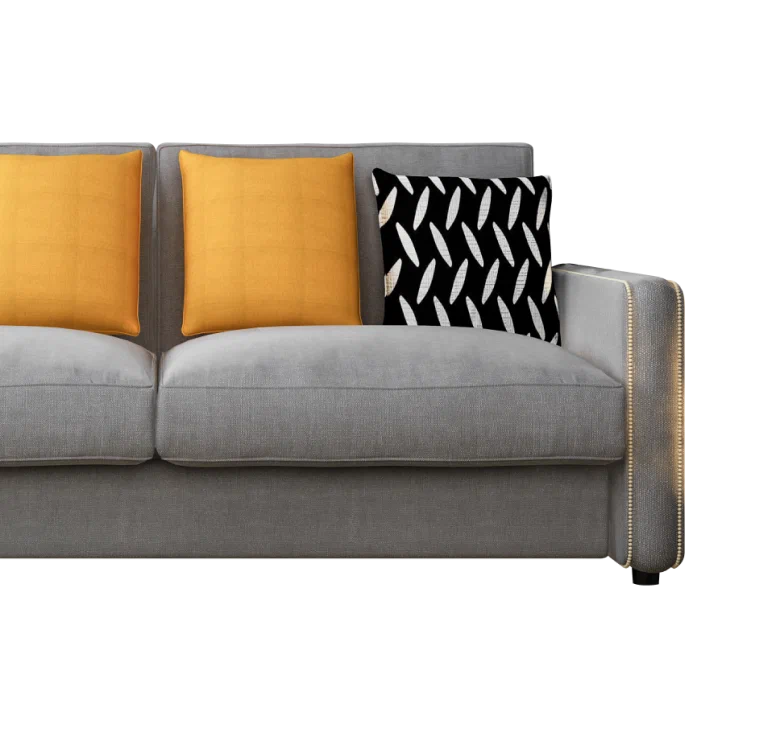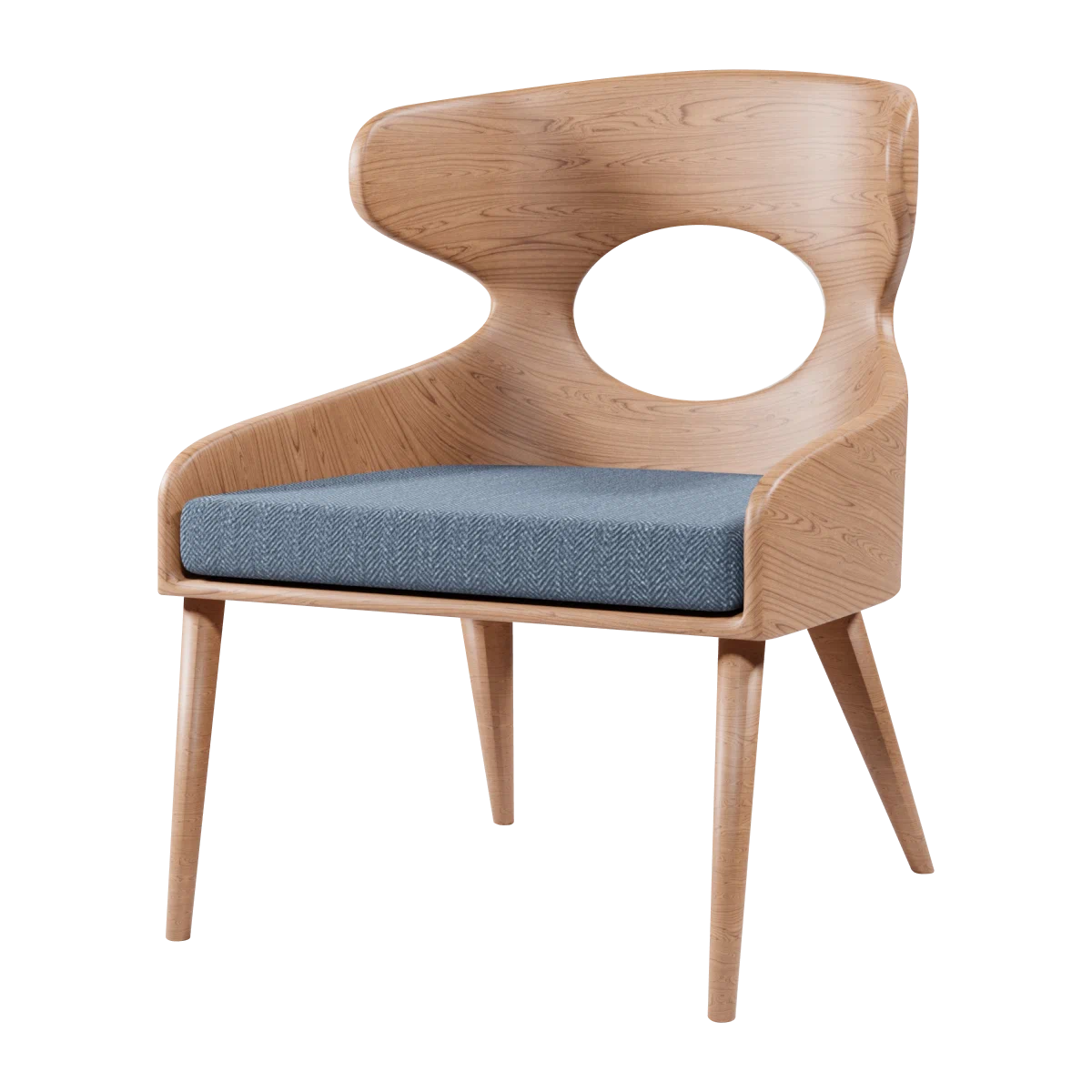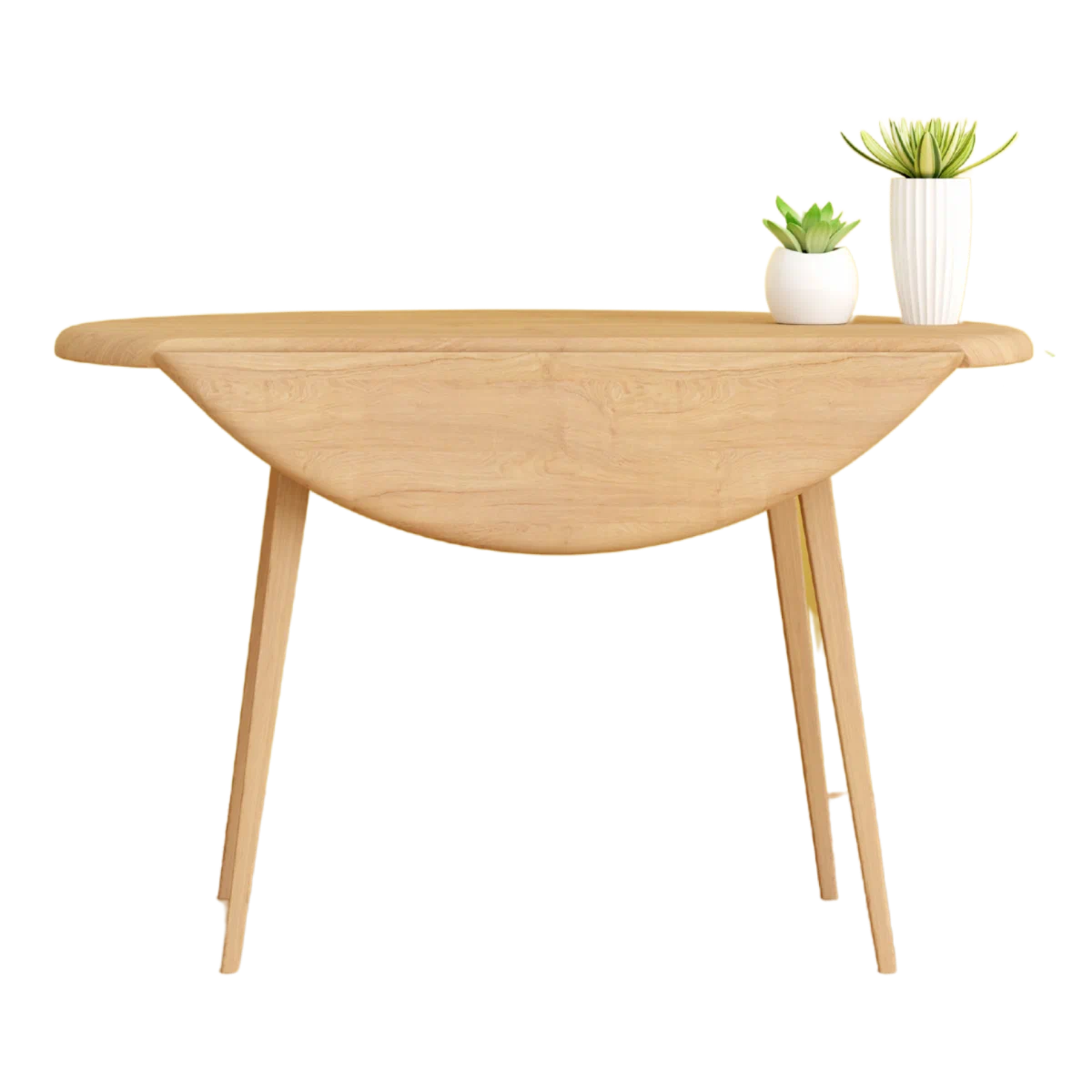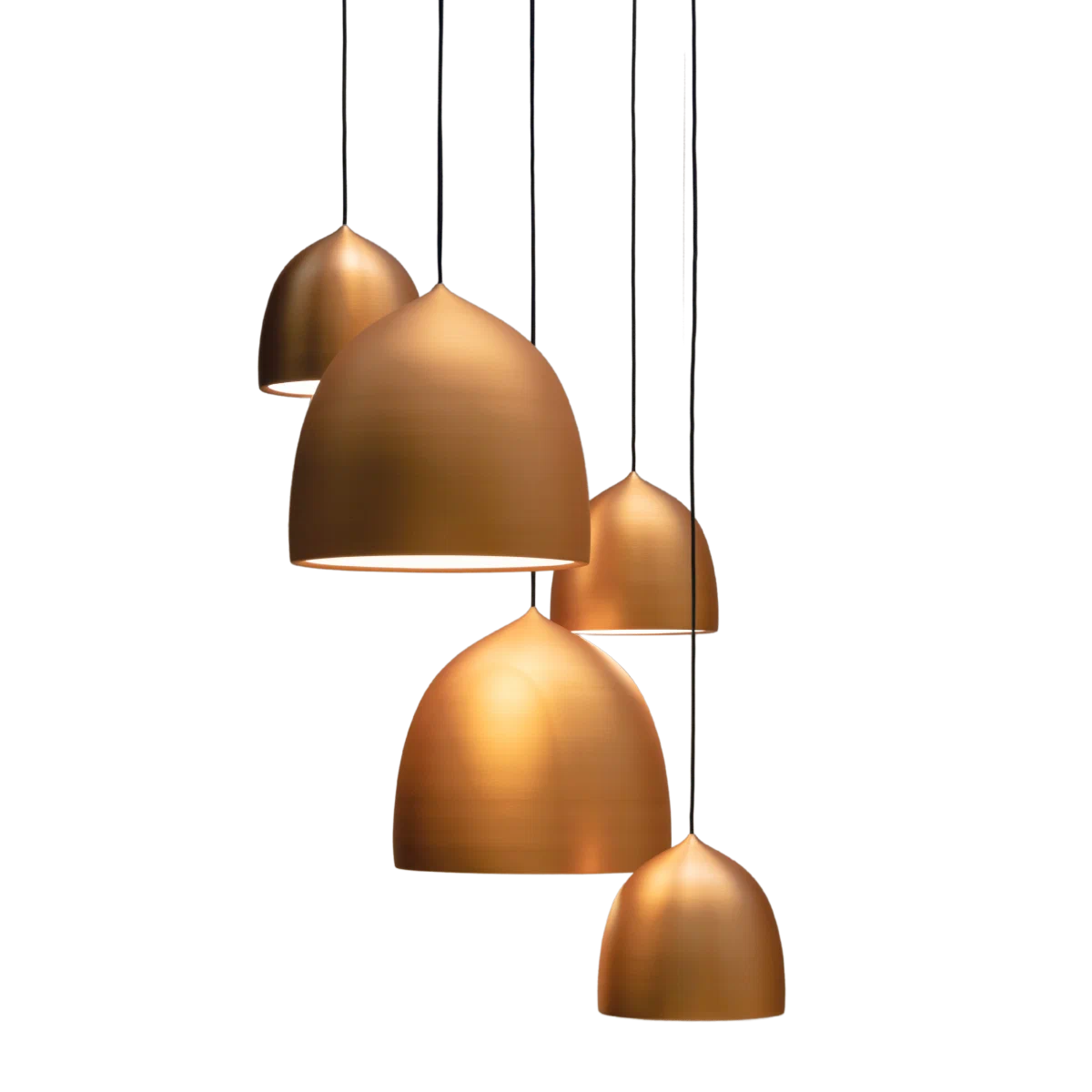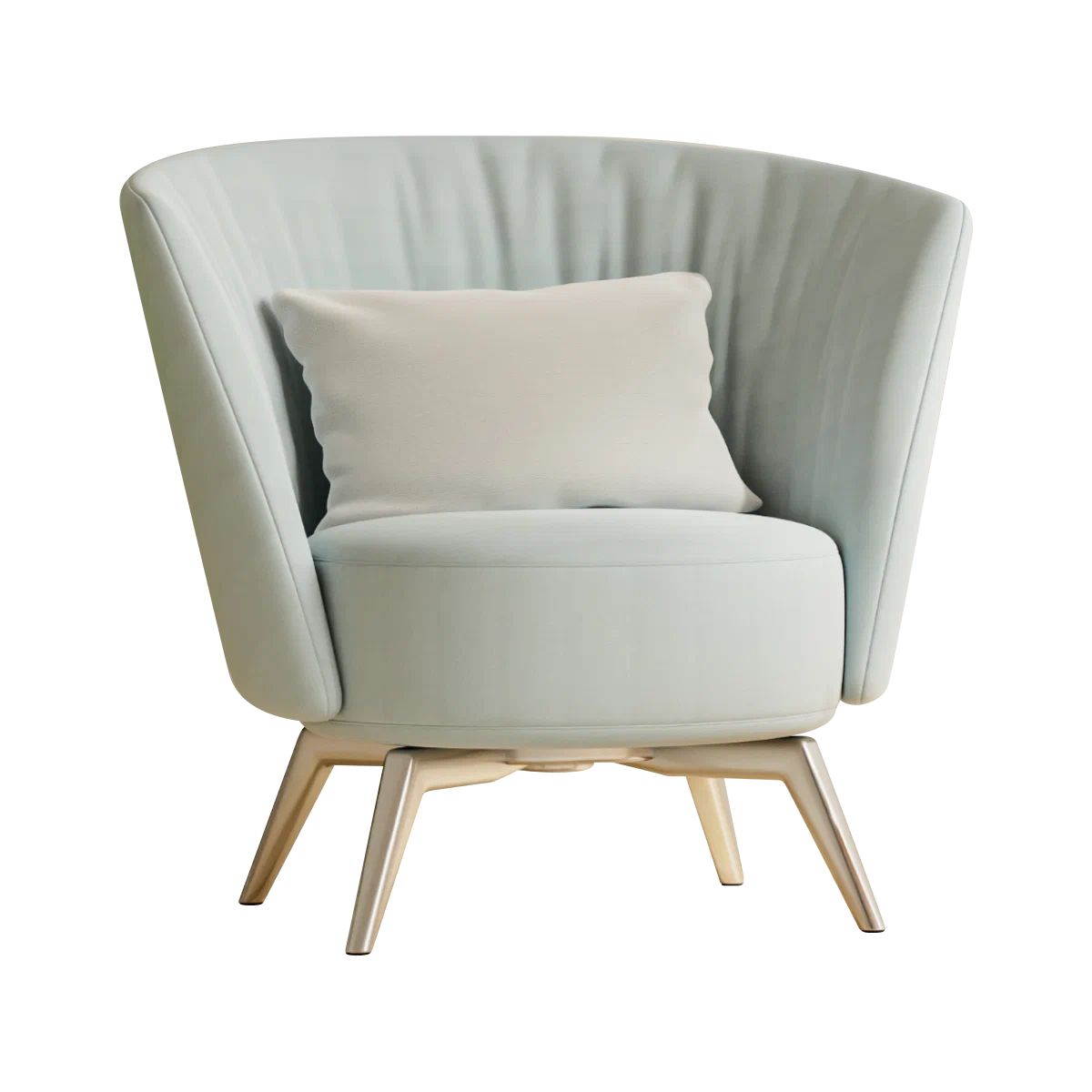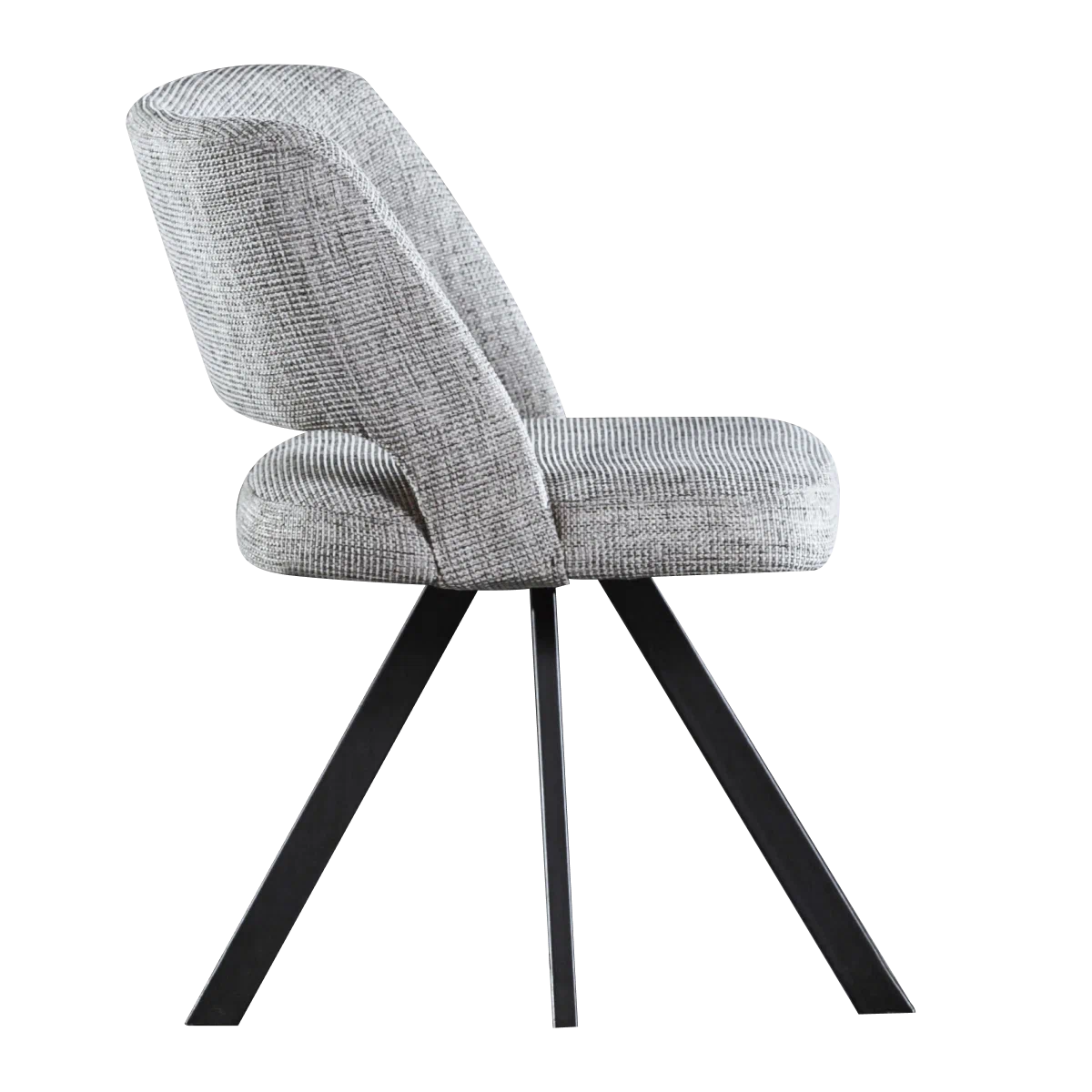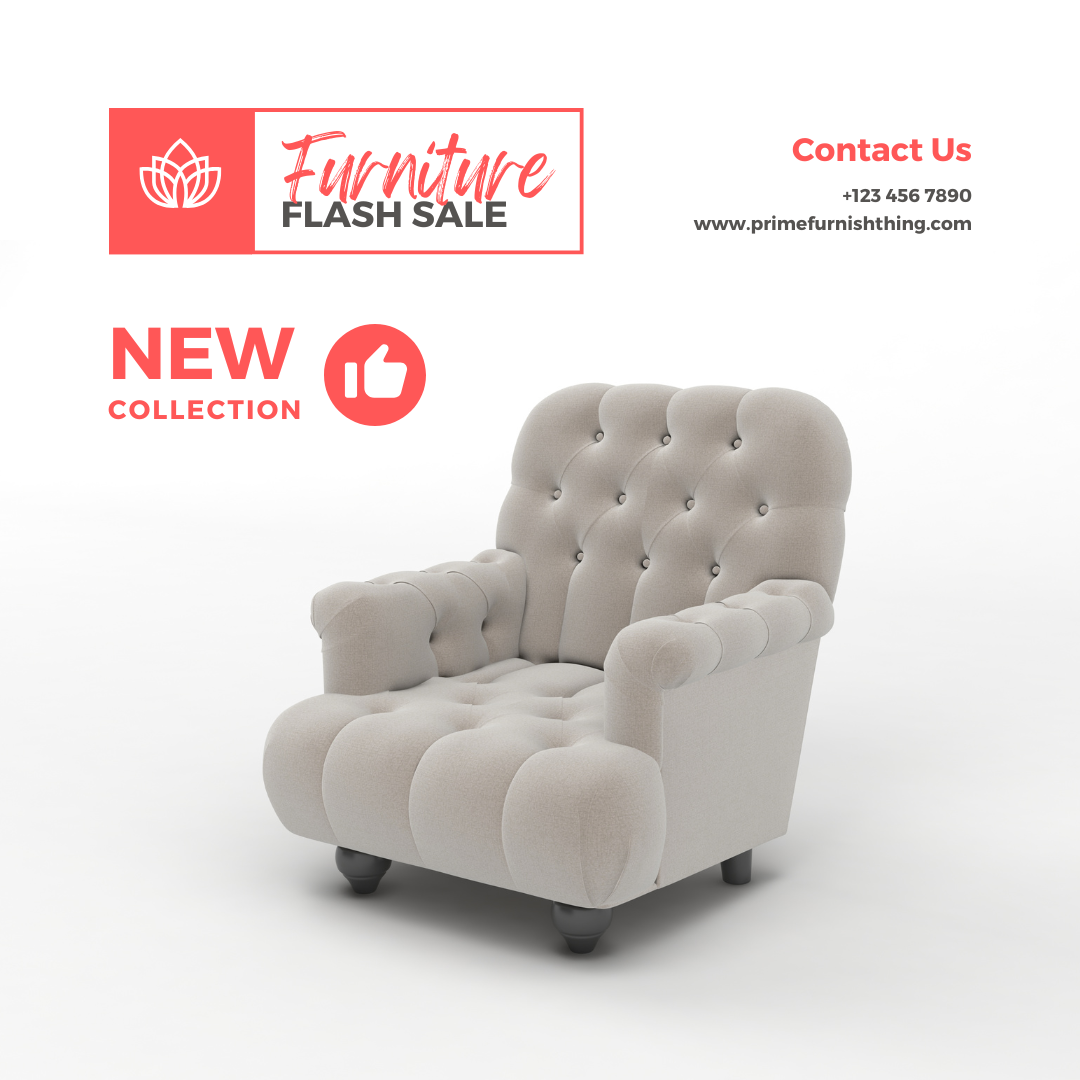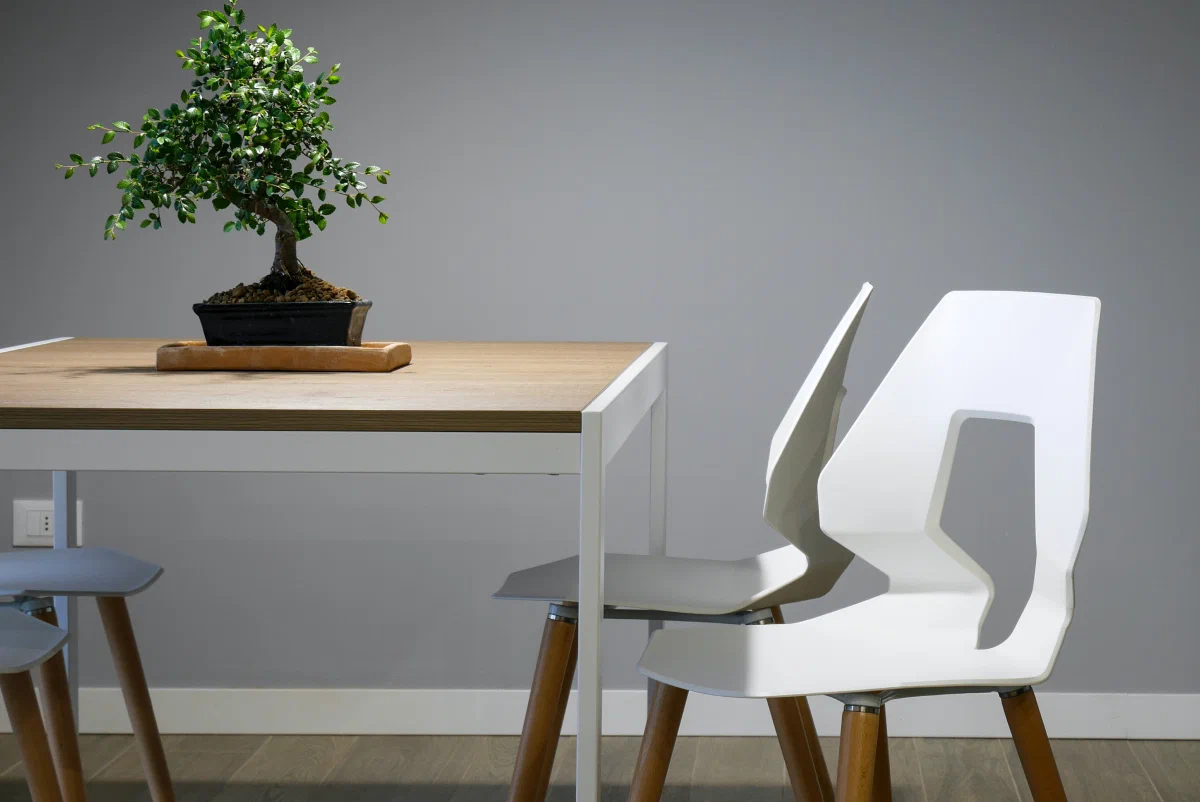
Transform Your Home Office into a Productivity Powerhouse in 5 Minutes
December 15, 2024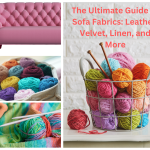
Most Durable Sofa Fabrics for Families with Pets
December 15, 2024
Transform Your Home Office into a Productivity Powerhouse in 5 Minutes
December 15, 2024
Most Durable Sofa Fabrics for Families with Pets
December 15, 2024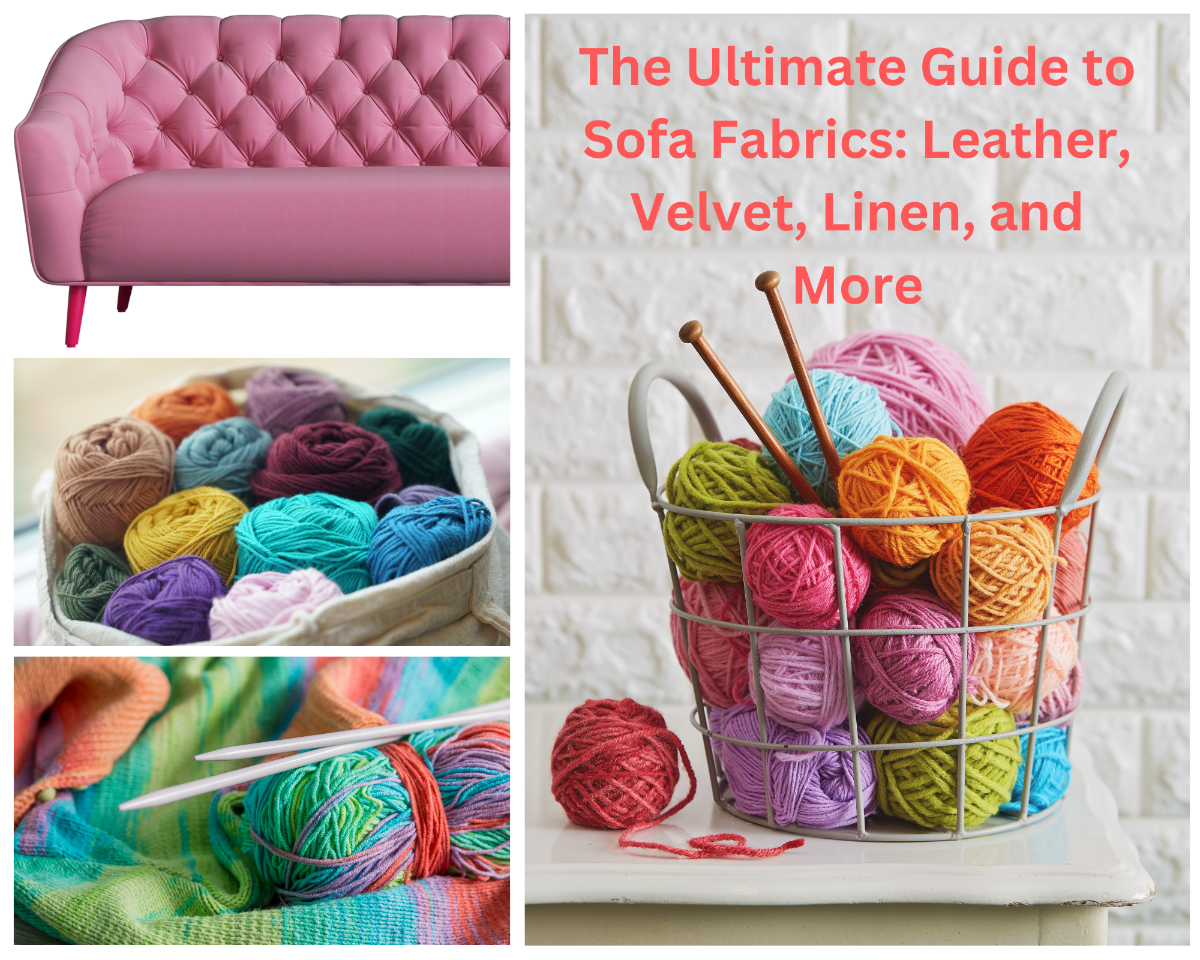
The Ultimate Guide to Sofa Fabrics: Leather, Velvet, Linen, and More
Introduction:
Choosing the right sofa fabric can feel like navigating a maze! I remember when I first bought my own place – I was so overwhelmed by all the options. Chenille? Microfiber? What did it all mean? Thankfully, after making a few questionable choices (ahem, white linen with a toddler and a dog!), I've learned a thing or two about sofa fabrics. This guide will walk you through the most popular options, their pros and cons, and how to pick the best fabric for your lifestyle. So grab a cup of coffee, get comfy, and let's dive in!
Natural Sofa Fabrics
Imagine sinking into a cloud of soft, breathable cotton on a warm summer day. That's the feeling you get with natural sofa fabrics. They bring a sense of warmth, comfort, and natural beauty to any living room. Let's explore some of the most popular natural sofa fabrics:
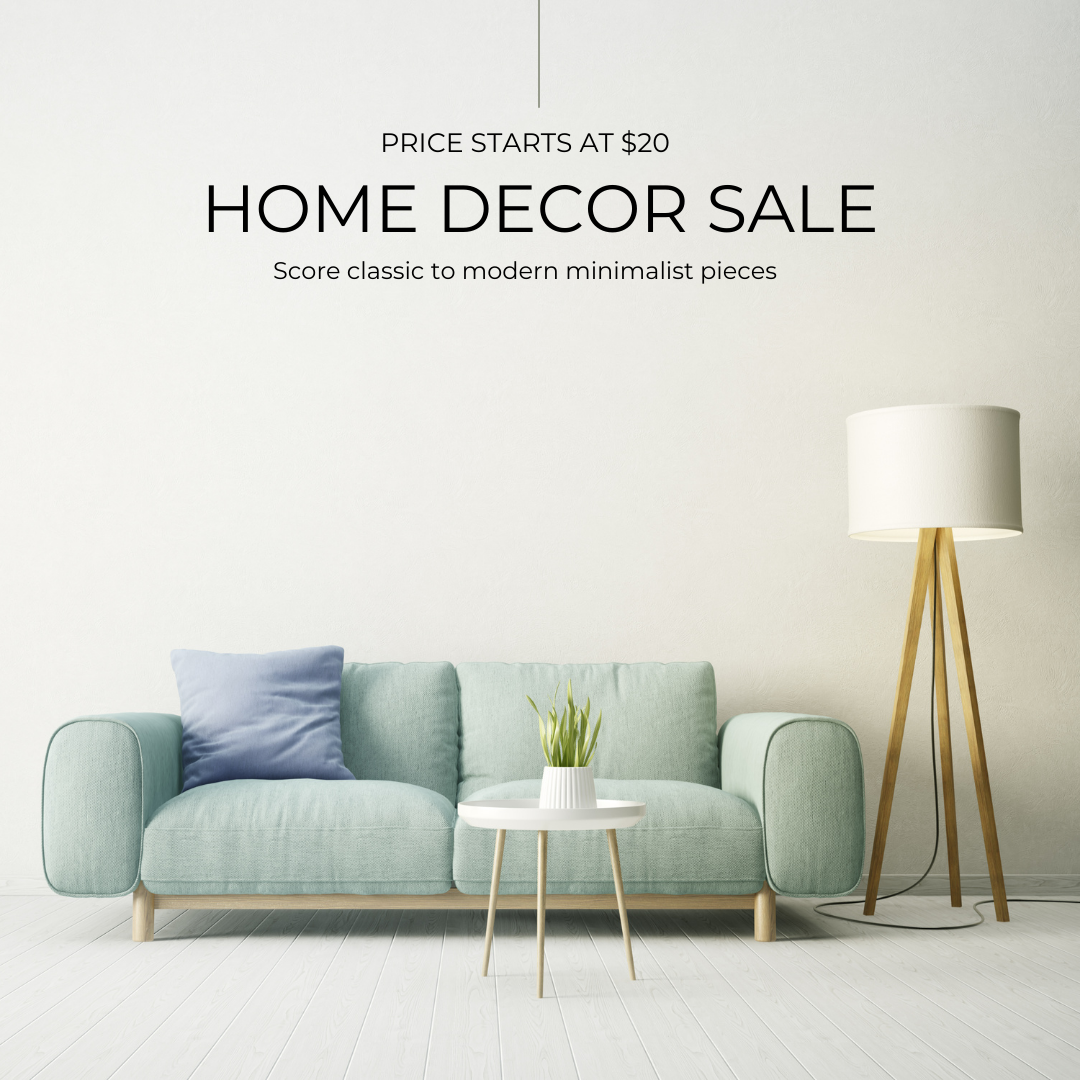
Cotton:
- Pros: Affordable, breathable, soft, easy to clean (especially with slipcovers).
- Cons: Prone to wrinkling and staining.
- Best for: Casual, everyday use in homes without pets or small children.
Linen:
- Pros: Durable, naturally wrinkle-resistant, crisp texture, breathable.
- Cons: Can be rough to the touch, susceptible to stains, requires more care.
- Best for: Modern, airy spaces that prioritize natural beauty and durability.
Wool:
- Pros: Durable, naturally fire-resistant, warm, resists wrinkles and fading.
- Cons: Can be expensive, may pill, not ideal for hot climates.
- Best for: Cooler climates, traditional or rustic interiors, families with pets or young children.
Leather:
- Pros: Luxurious look and feel, durable, ages beautifully.
- Cons: Expensive, requires regular maintenance, can scratch and fade.
- Best for: Formal living rooms, homes with pets or heavy use, those who appreciate the patina of aged leather.
Additional Tips:
- Blends: Consider blends of natural fibers with synthetic fibers for added durability and stain resistance.
- Eco-friendly options: Look for organic cotton, linen, and wool fabrics for a more sustainable choice.
- Feel the fabric: Always touch and feel different fabrics in person before making a decision.
Remember, the best natural sofa fabric for you will depend on your personal preferences, lifestyle, and budget.
Synthetic Sofa Fabrics
- Polyester: The most common synthetic fabric, known for its durability, stain resistance, and affordability. It comes in a wide variety of colors and textures.
- Nylon: Extremely strong and durable, making it ideal for high-traffic areas. It's also resistant to stains and fading.
- Acrylic: Soft and comfortable, similar to wool, but more affordable and easier to care for.
- Microfiber: Ultra-soft and plush, made from tiny polyester fibers. It's highly stain-resistant and easy to clean.
- Olefin: A durable and stain-resistant fabric that's often used for outdoor furniture. It's also fade-resistant and easy to clean.
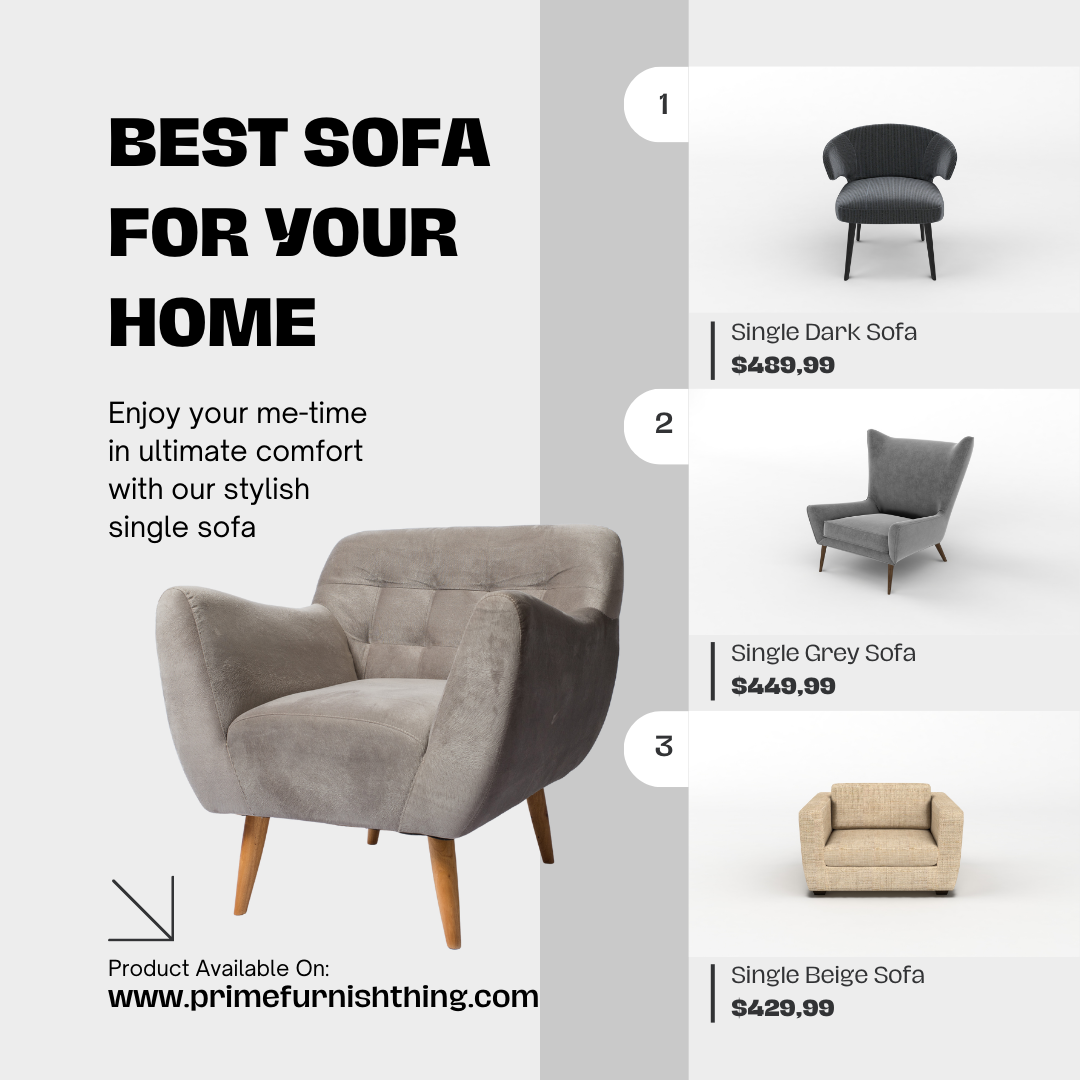
- Affordability: Generally more affordable than natural fabrics.
- Durability: Many synthetic fabrics are highly durable and resistant to wear and tear.
- Stain resistance: Easy to clean and resist stains.
- Variety: Come in a wide range of colors, patterns, and textures.
Cons of Synthetic Sofa Fabrics:
- May not be as breathable as natural fibers.
- Can sometimes feel less luxurious than natural fabrics.
- May attract static.
- Some may pill over time.
Choosing the Right Synthetic Sofa Fabric:
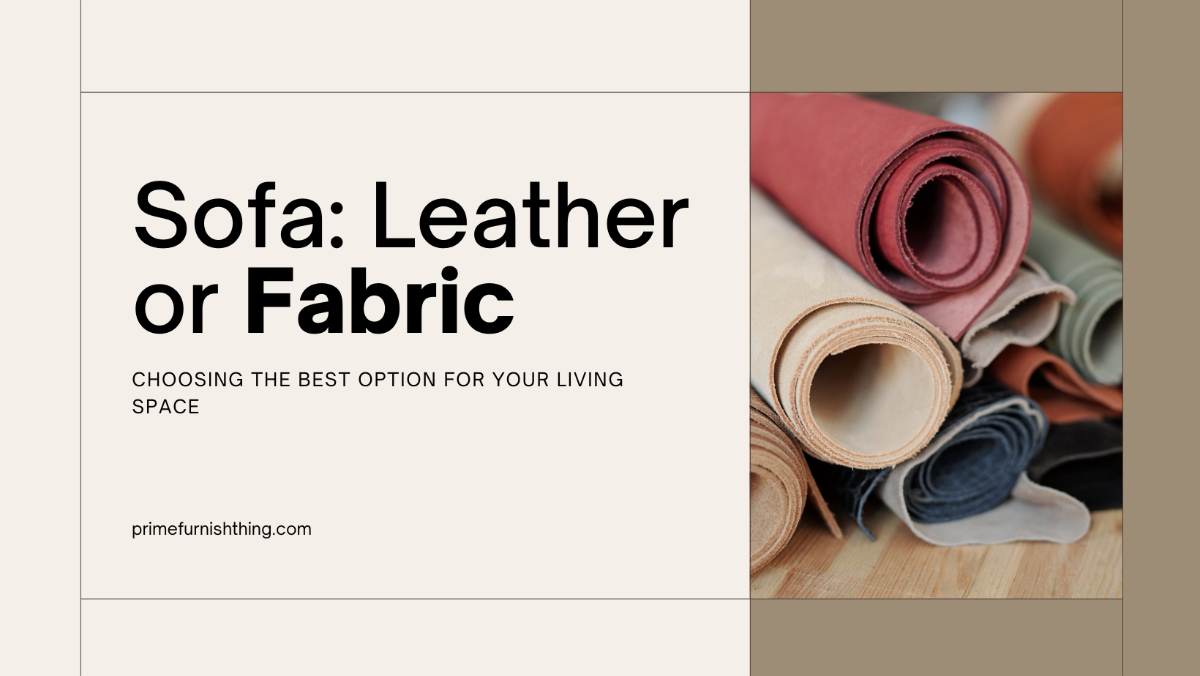
- Consider your lifestyle: If you have pets or young children, a durable and stain-resistant fabric like microfiber or nylon might be a good choice.
- Budget: Synthetic fabrics are generally more affordable than natural fibers, so they can be a good option if you're on a budget.
- Style: Synthetic fabrics come in a wide variety of colors and textures, so you can choose one that complements your decor.
Additional Tips:
- Look for blends: Many synthetic fabrics are blended with natural fibers, which can improve their comfort and breathability.
- Check for warranties: Some manufacturers offer warranties on their synthetic fabrics, which can give you peace of mind.
- Feel the fabric: Always touch and feel different synthetic fabrics in person before making a decision.
Blended Sofa Fabrics
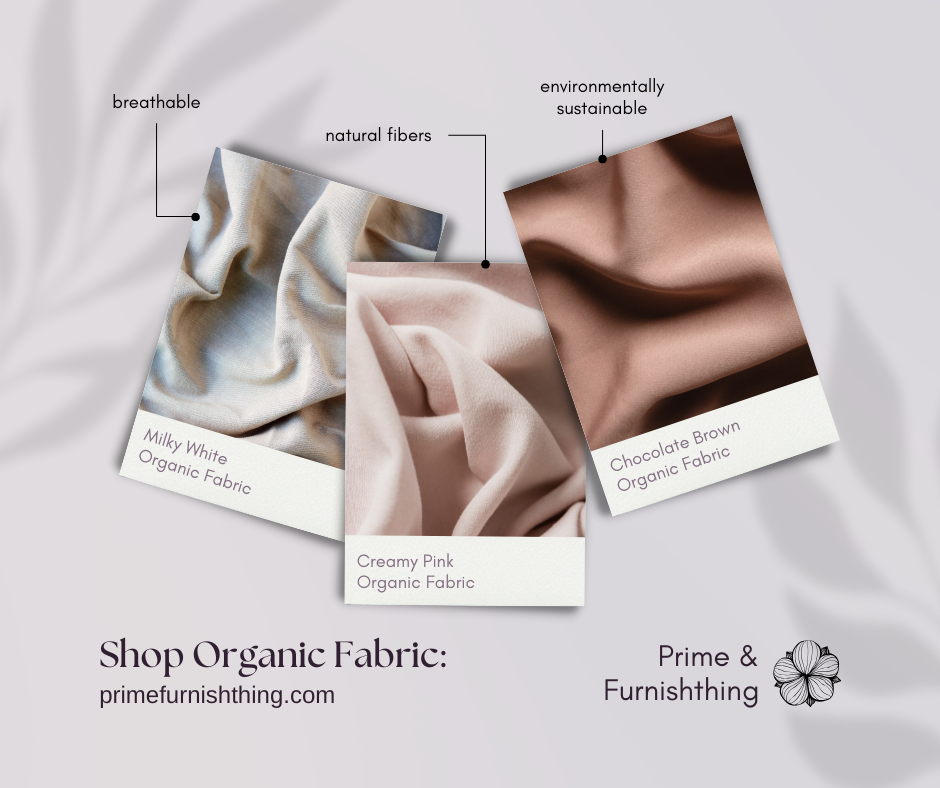
- Olefin: Discuss its stain resistance, durability, and affordability. Mention its lower resistance to abrasion and its tendency to feel less luxurious.
- Chenille: Highlight its soft, plush texture, warmth, and variety of colors. Explain its tendency to pill and its lower durability compared to some other fabrics.
- Velvet: Describe its luxurious look and feel, its warmth, and its variety of colors and textures. Note its higher maintenance requirements and its susceptibility to crushing and marking.
Choosing the Right Sofa Fabric for Your Needs
- Lifestyle Considerations: Discuss factors like pets, children, and activity levels.
- Aesthetic Preferences: Explain how to choose fabrics that complement your style and existing decor.
- Budget: Provide guidance on finding high-quality fabrics at various price points.
- Maintenance: Discuss cleaning and care requirements for different fabrics.
- Durability: Explain how to choose fabrics that can withstand wear and tear.
Caring for Your Sofa Fabric
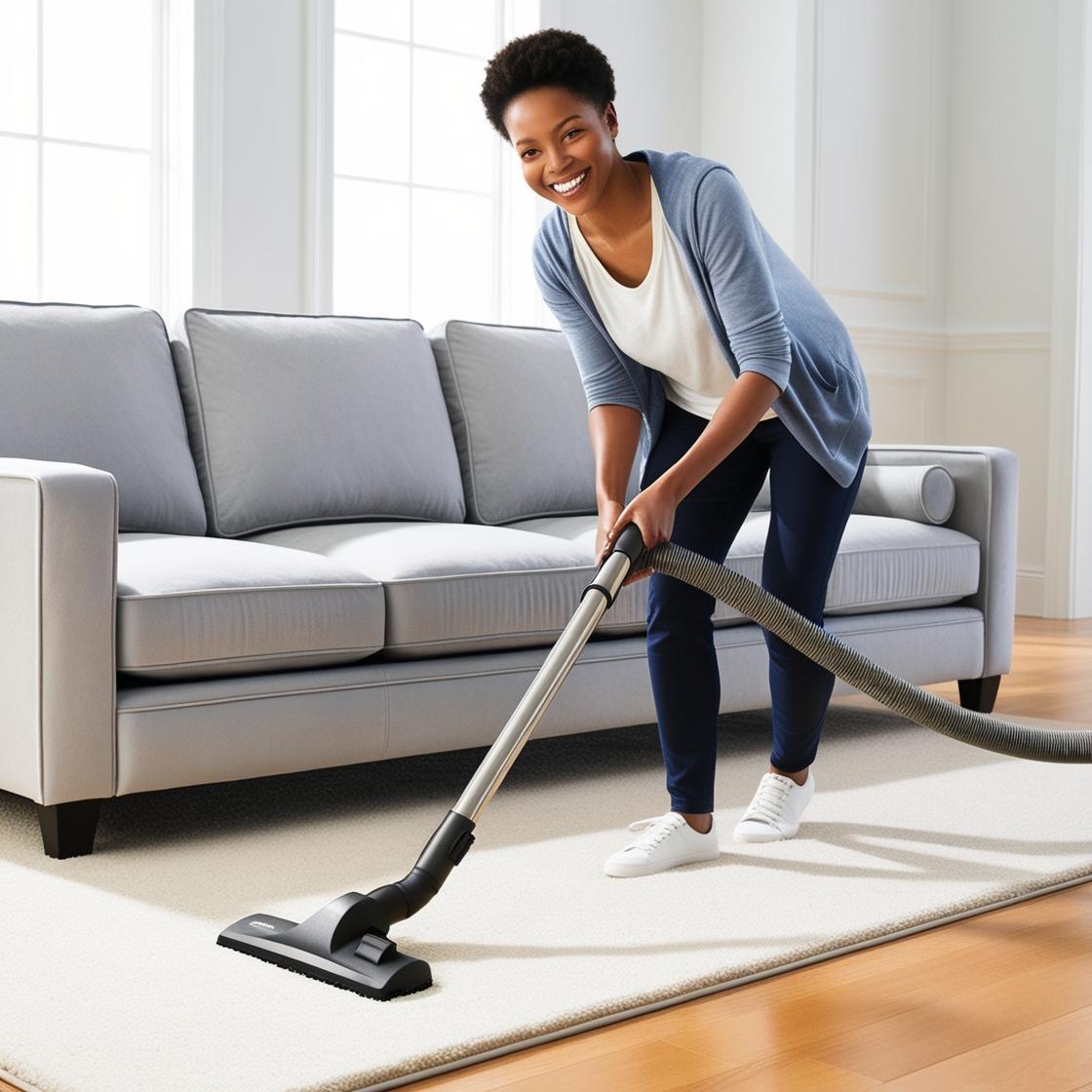
- Regular Cleaning: Provide tips on vacuuming, brushing, and spot cleaning.
- Stain Removal: Offer advice on dealing with common spills and stains.
- Professional Cleaning: Explain when and how to seek professional upholstery cleaning.
- Protecting Your Sofa: Discuss using throws, slipcovers, and furniture protectors.
Blended Sofa Fabrics
Blended fabrics combine two or more fibers, often a natural fiber like cotton or wool with a synthetic fiber like polyester or nylon. This creates a fabric with the best qualities of both types of fibers. For example, a cotton-polyester blend might be soft, breathable, and durable, while a wool-nylon blend might be warm, wrinkle-resistant, and stain-resistant.
Popular Blended Sofa Fabrics:
- Cotton-polyester: This is one of the most common blends, offering a balance of softness, durability, and affordability.
- Wool-nylon: This blend is strong, durable, and wrinkle-resistant. It's also warm and soft, making it a good choice for colder climates.
- Linen-cotton: This blend is breathable, soft, and wrinkle-resistant. It's a good choice for warm climates or coastal homes.
- Microfiber blends: Microfiber is often blended with other fibers like cotton, polyester, or nylon to create a fabric that is soft, durable, and stain-resistant.
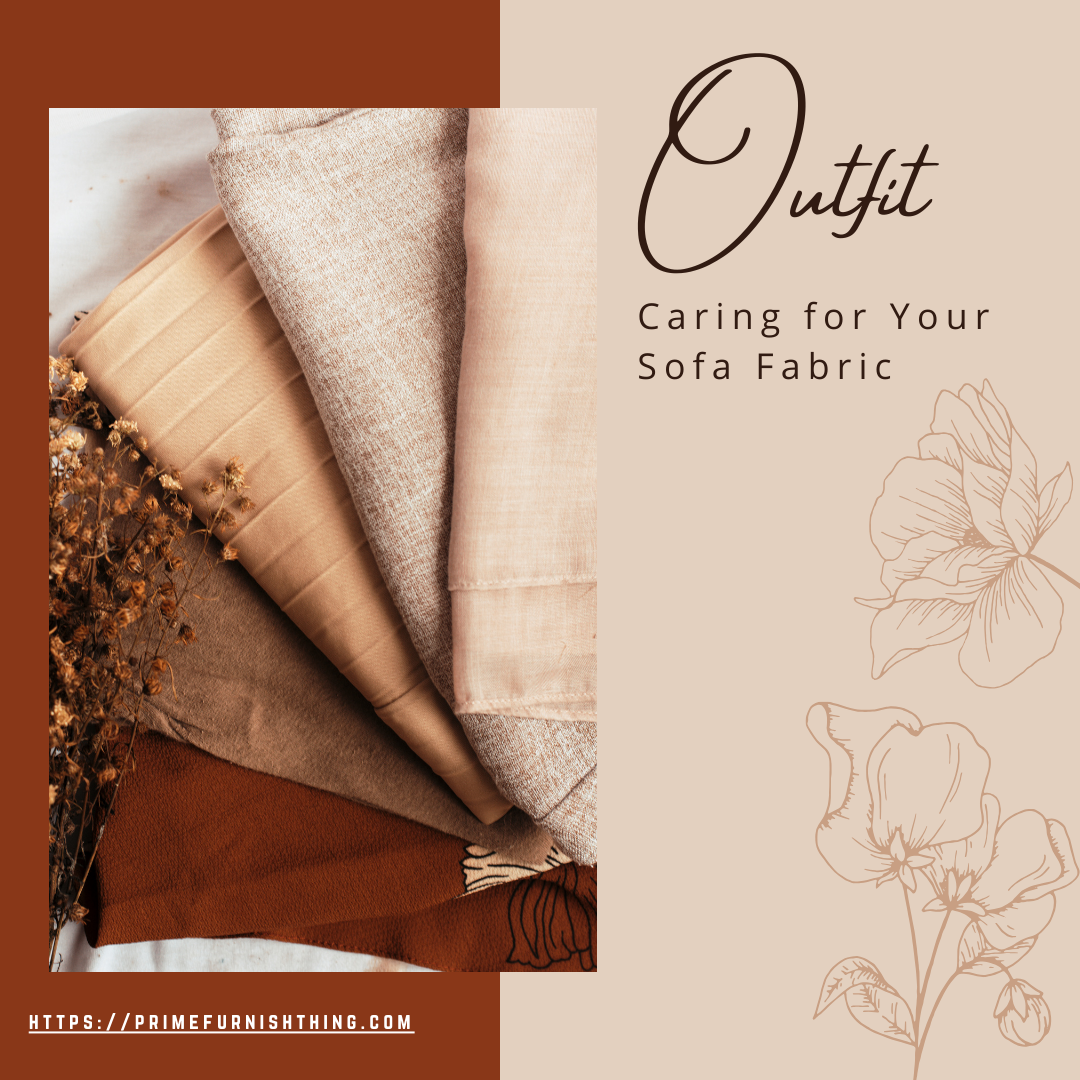
Pros of Blended Sofa Fabrics:
- Combine the best qualities of natural and synthetic fibers.
- Often more affordable than pure natural fabrics.
- Can be more durable and stain-resistant than pure natural fabrics.Offer a wider range of colors and textures.
Cons of Blended Sofa Fabrics:
- May not be as breathable as pure natural fabrics.
- Can sometimes pill or fade over time.
- May require more care than some pure synthetic fabrics.
Choosing the Right Blended Sofa Fabric:
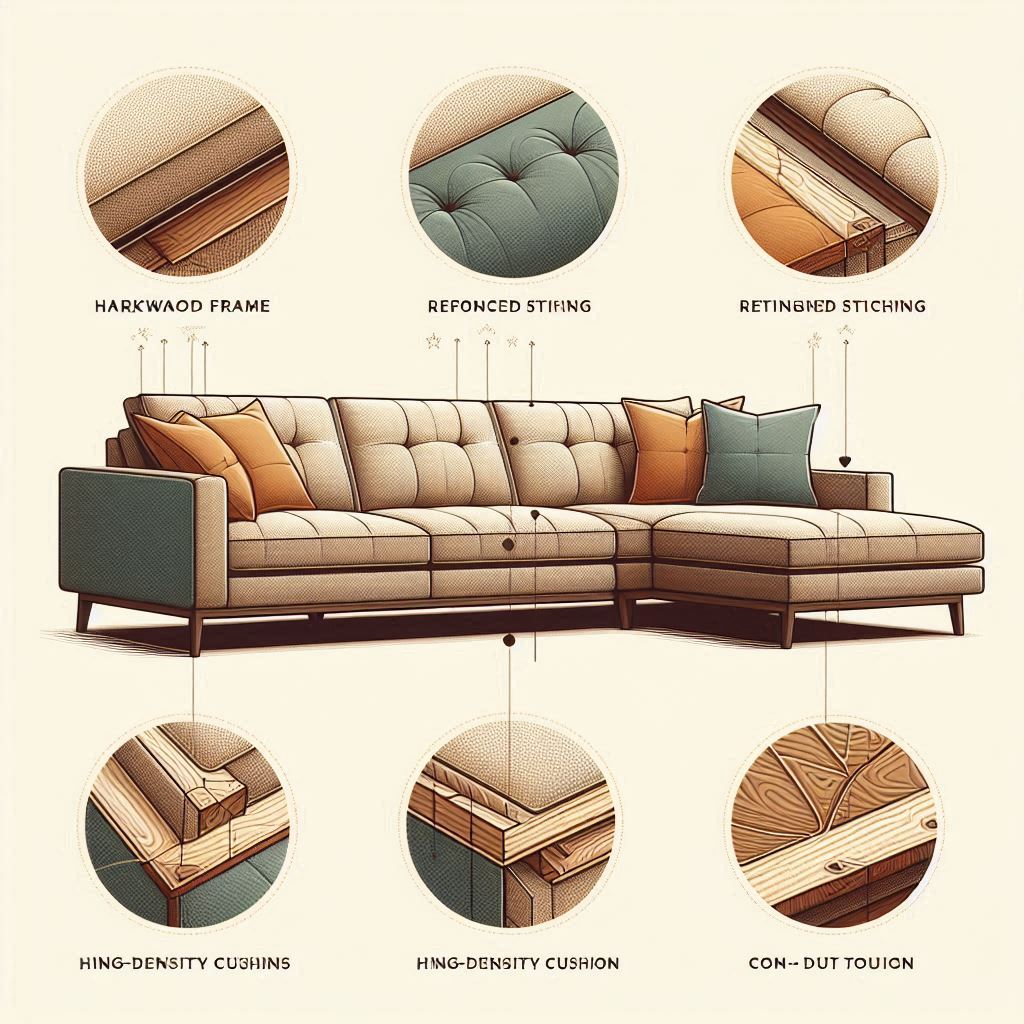
When choosing a blended sofa fabric, consider the same factors you would for any other fabric:
- Lifestyle: If you have pets or young children, a durable and stain-resistant blend might be a good choice.
- Budget: Blended fabrics can be a more affordable option than pure natural fabrics.
- Style: Blended fabrics come in a wide variety of colors and textures, so you can choose one that complements your decor.
Additional Tips:
- Check the blend: Be sure to check the blend of the fabric to see what percentage of each fiber is included. This will give you an idea of the fabric's overall properties.
- Feel the fabric: Always touch and feel different blended fabrics in person before making a decision.
- Look for warranties: Some manufacturers offer warranties on their blended fabrics, which can give you peace of mind.
Choosing the Right Sofa Fabric for Your Needs
Picking the perfect sofa fabric is like finding the perfect pair of jeans – it needs to fit your lifestyle, your style, and your budget. But unlike jeans, you can't exactly try on a sofa fabric before committing! So, how do you make the right choice?
1. Sofa Fabirc Lifestyle Considerations:
This is where I messed up big time with that white linen sofa. Picture this: a toddler with a penchant for chocolate milk and a dog who sheds like it's his job. Yeah, that linen sofa didn't stand a chance. So, learn from my mistakes!
- Kids and Pets: If you have kids or pets, durability and stain resistance are key. Microfiber, leather, or tightly woven fabrics like denim or canvas are your best bets.
- High Traffic: Is your sofa the main hangout spot? If so, choose a durable fabric that can withstand heavy use. Leather, performance fabrics, or even a good quality polyester blend can hold up well.
- Formal vs. Casual: Think about how you use your living room. A formal living room might call for a luxurious fabric like velvet or silk, while a casual family room might be better suited to a more relaxed fabric like cotton or linen.
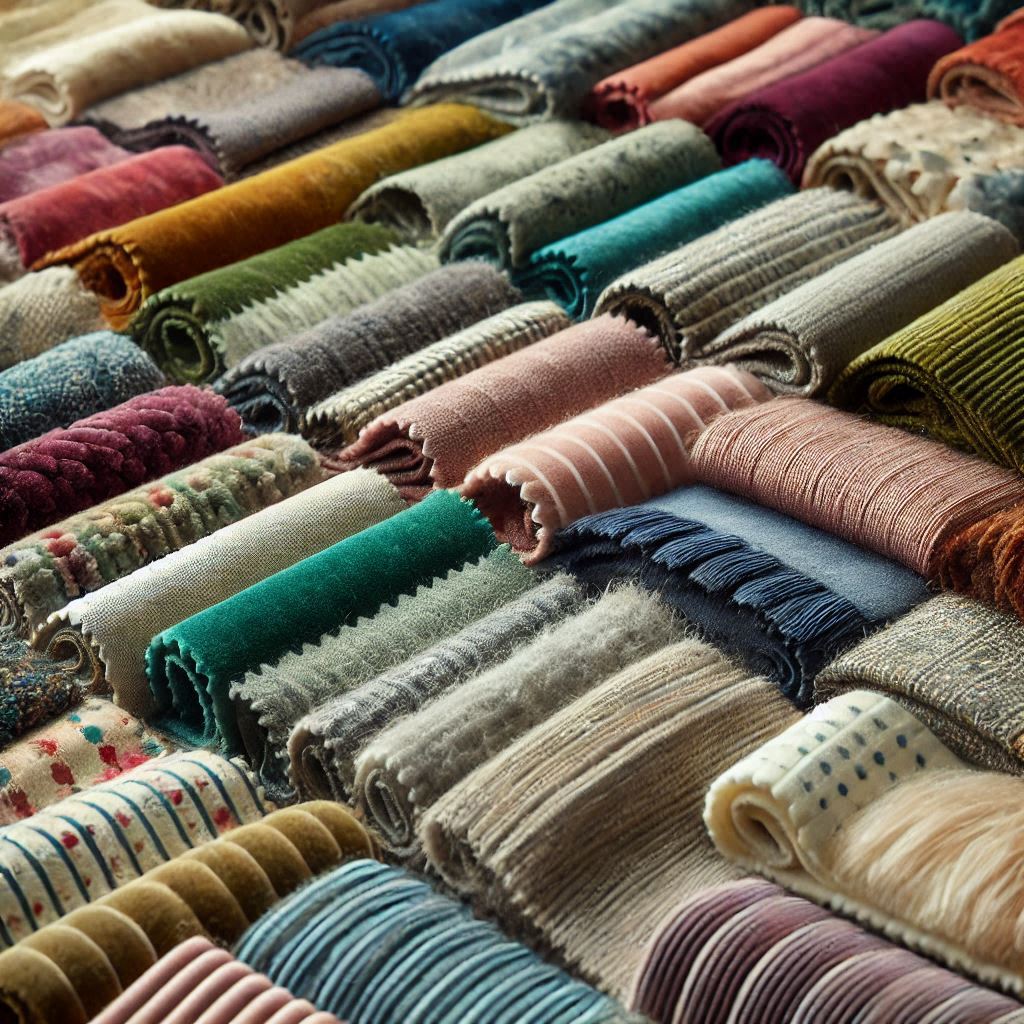
2. Aesthetic Preferences:
Okay, now for the fun part – style! Your sofa fabric should complement your overall decor.
- Color: Do you want your sofa to blend in or stand out? Neutral colors like gray, beige, or navy are versatile and timeless. Bold colors can add a pop of personality, but make sure you'll still love them in a few years.
- Pattern: Patterns can add visual interest, but be careful not to overdo it. A small-scale pattern can be subtle and elegant, while a large-scale pattern can make a statement.
- Texture: Consider the texture of the fabric. Do you prefer a smooth and sleek fabric like leather or velvet? Or do you prefer a more textured fabric like linen or chenille?
3. Budget:
Sofa fabrics come in a wide range of prices. Leather and velvet tend to be more expensive, while cotton and polyester blends are more budget-friendly. Don't be afraid to shop around and compare prices. You can often find high-quality fabrics at reasonable prices if you do your research.
4. Maintenance:
Think about how much time and effort you're willing to put into caring for your sofa. Some fabrics, like leather and microfiber, are relatively low-maintenance. Others, like linen and velvet, require more care.
5. Durability:
Durability is especially important if you have kids, pets, or a high-traffic living room. Look for fabrics with a high rub count, which indicates how much wear and tear the fabric can withstand.
My Final Tip:
Don't be afraid to ask for samples! Most fabric stores and online retailers will send you swatches so you can see and feel the fabric in person before you commit. This is a great way to get a sense of the fabric's color, texture, and overall quality.
Choosing the right sofa fabric can be a bit overwhelming, but by considering your lifestyle, style, and budget, you can find the perfect fabric for your needs!
The Best Sofa Materials for Families with Young Children
Why Material Choice Matters for Families
When you have young children, your furniture faces a lot of wear and tear. Spills, stains, and occasional jumping on the sofa are inevitable. Choosing the right sofa material can significantly impact the longevity and functionality of your furniture. It’s essential to opt for fabrics that are durable, easy to clean, and safe for kids.
Top Sofa Materials for Families with Young Kids
Leather Sofas: Easy to Clean and Durable
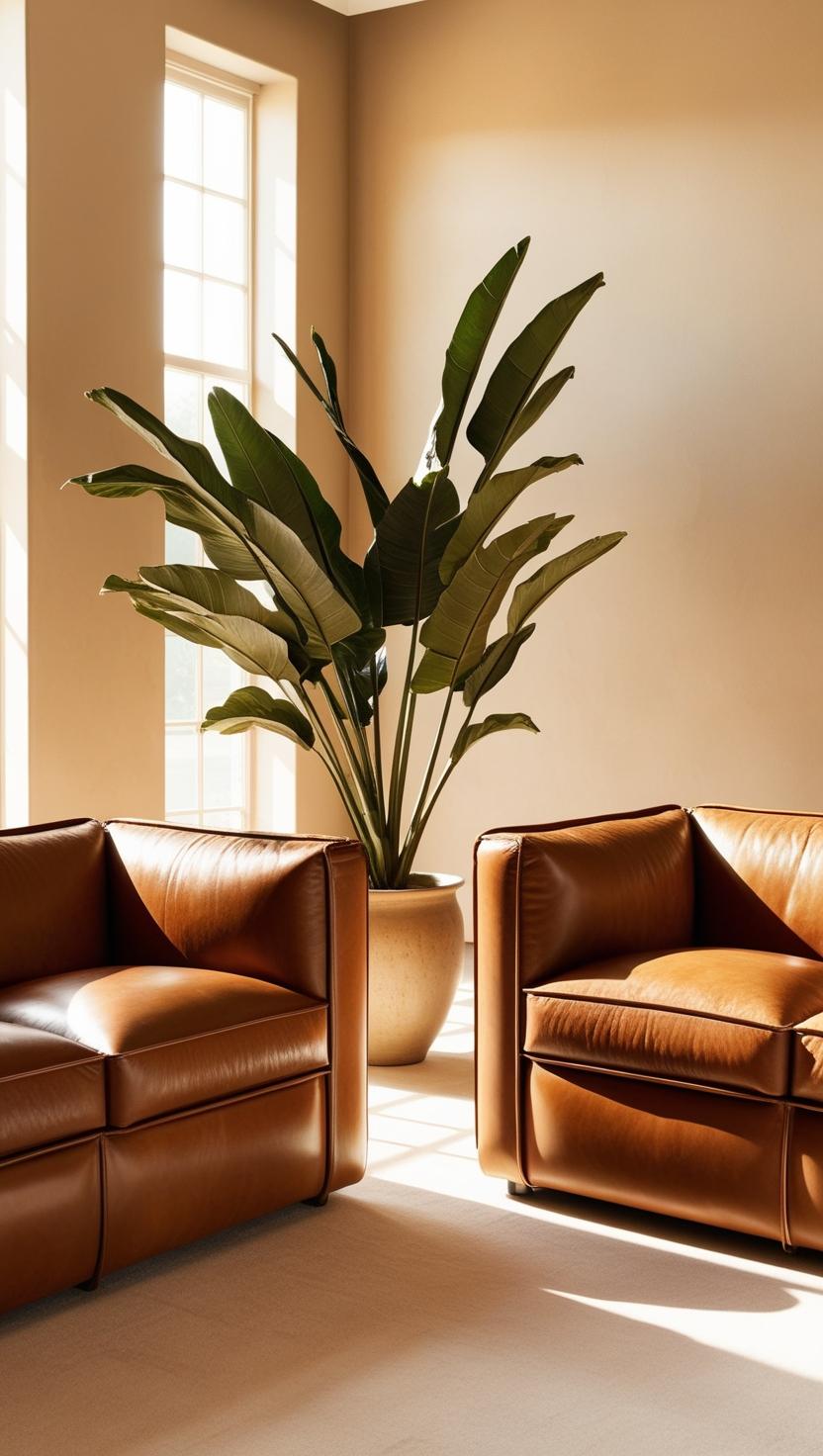
Leather is a popular choice for families because of its durability and ease of cleaning. It can resist spills and stains better than most fabrics, making it ideal for households with active children. However, genuine leather can be prone to scratches, so care should be taken with sharp toys.
Microfiber: A Stain-Resistant Alternative
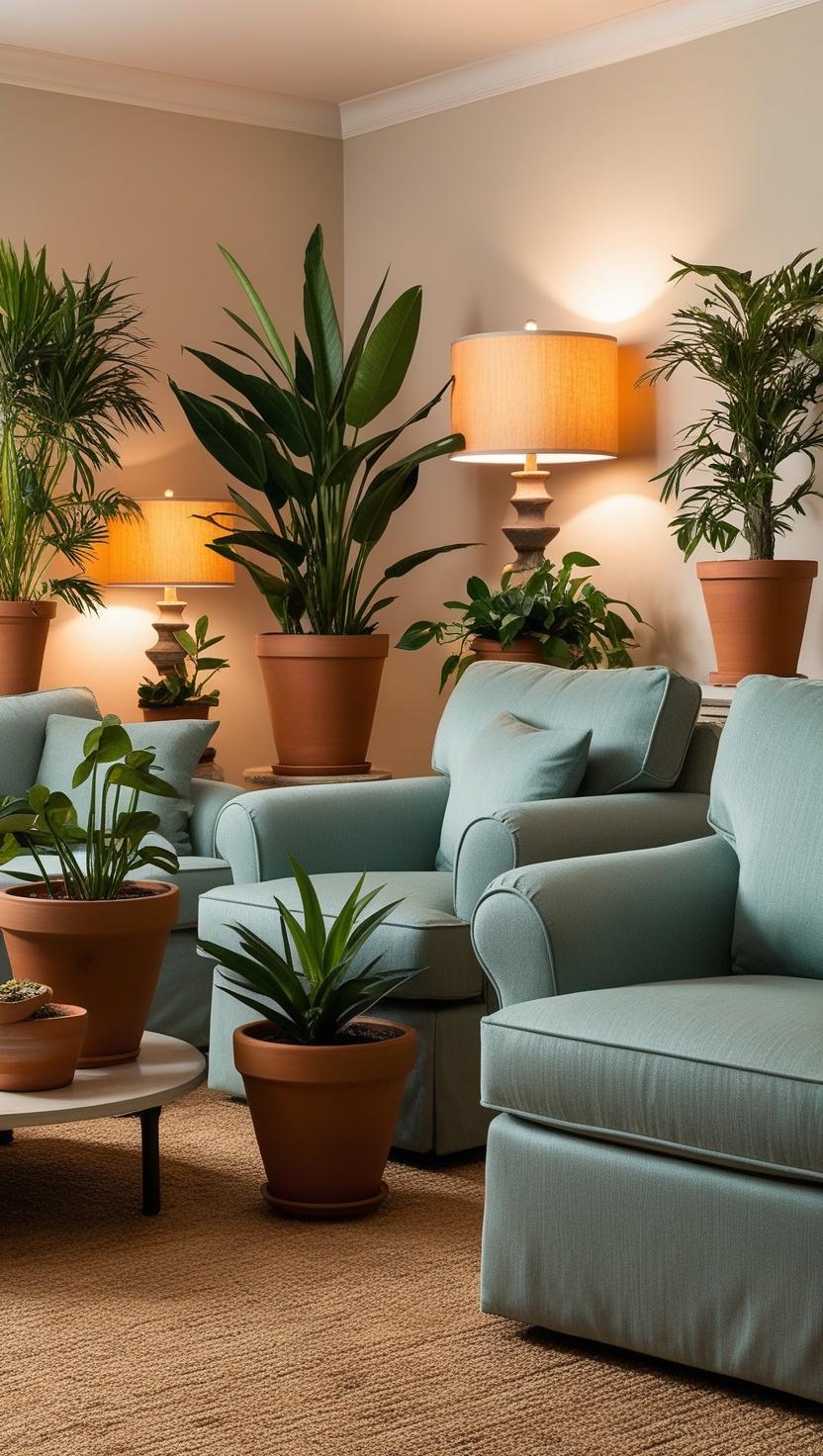
Microfiber is a synthetic fabric known for its stain-resistant properties. It is soft to the touch, comfortable for lounging, and easy to maintain. Microfiber is also highly resistant to wear, making it a fantastic option for busy families.
Performance Fabrics: Built for Busy Homes
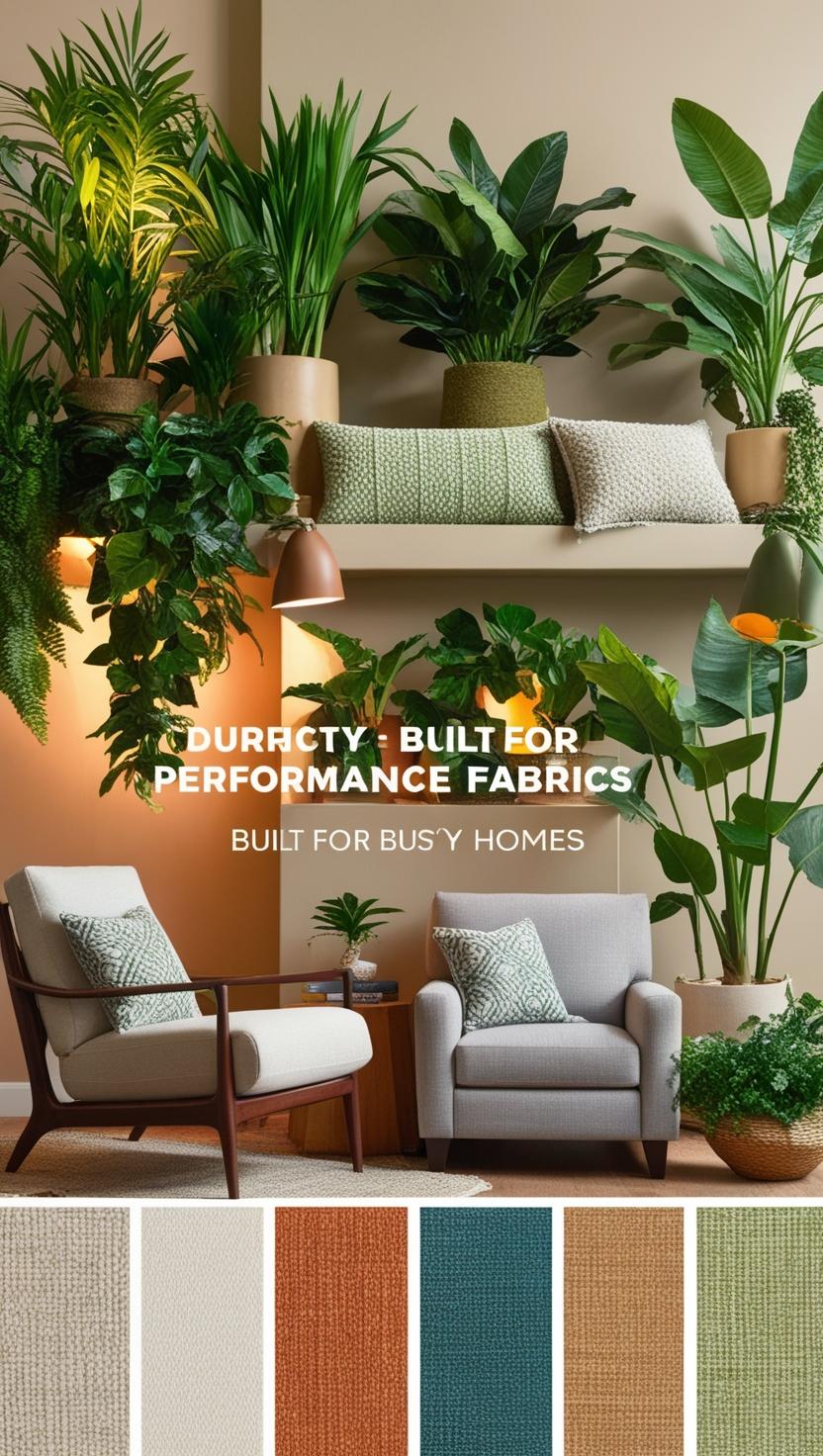
Performance fabrics, such as Sunbrella or Crypton, are specifically designed to withstand heavy use. These materials are resistant to stains, odors, and even moisture, making them perfect for families with young children. Additionally, they come in various styles and colors to match any decor.
The Most Pet-Friendly Couch Material
Challenges of Choosing a Couch Material for Pet Owners
Pets bring joy to a home but can also create challenges for furniture. Pet hair, claws, and accidents can wreak havoc on your couch if the material isn’t up to the task. Choosing a pet-friendly couch material can save you time and effort in cleaning and maintenance.
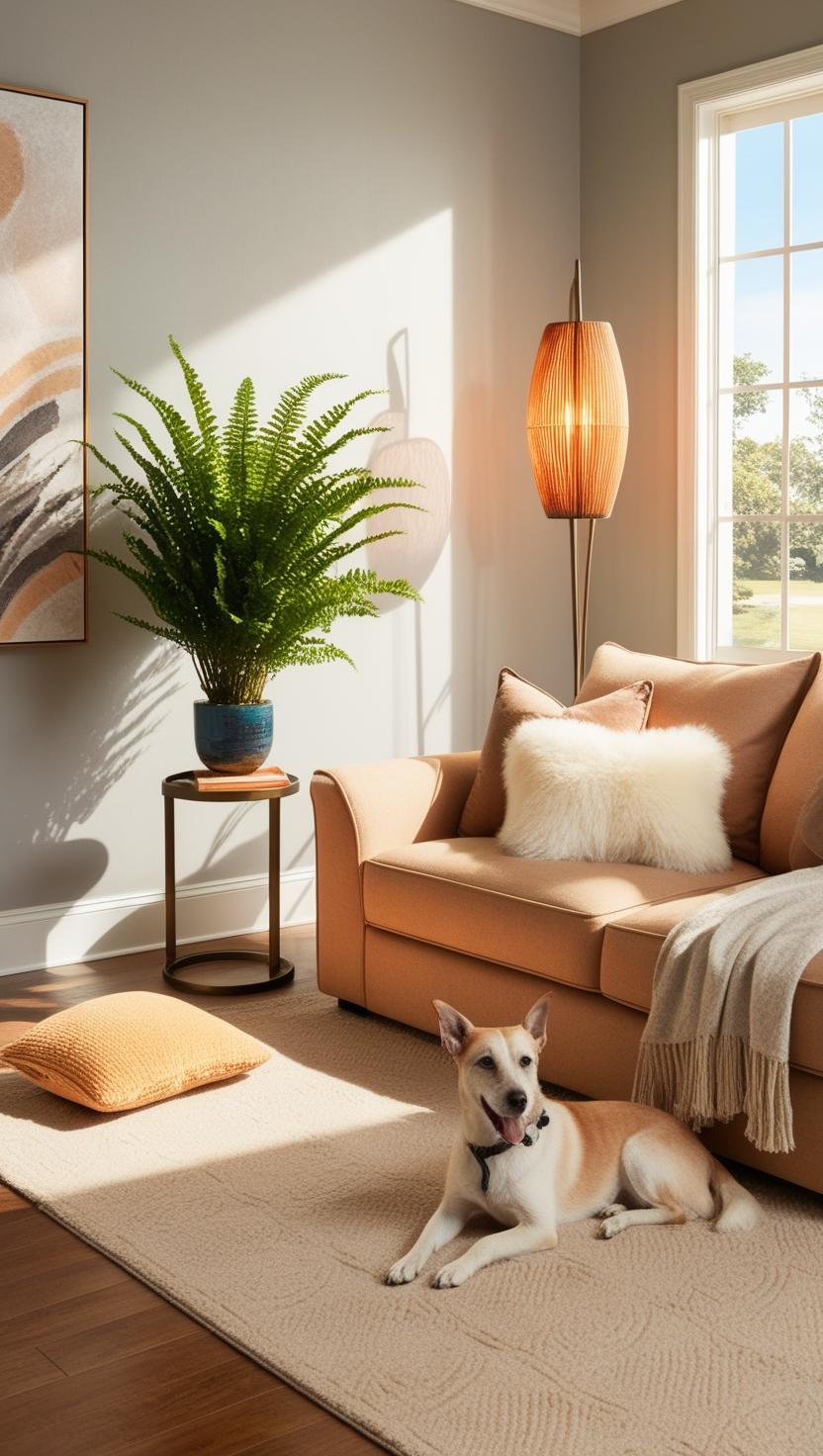
Ideal Couch Materials for Pet-Friendly Homes
Leather: Scratch-Resistant and Easy to Clean
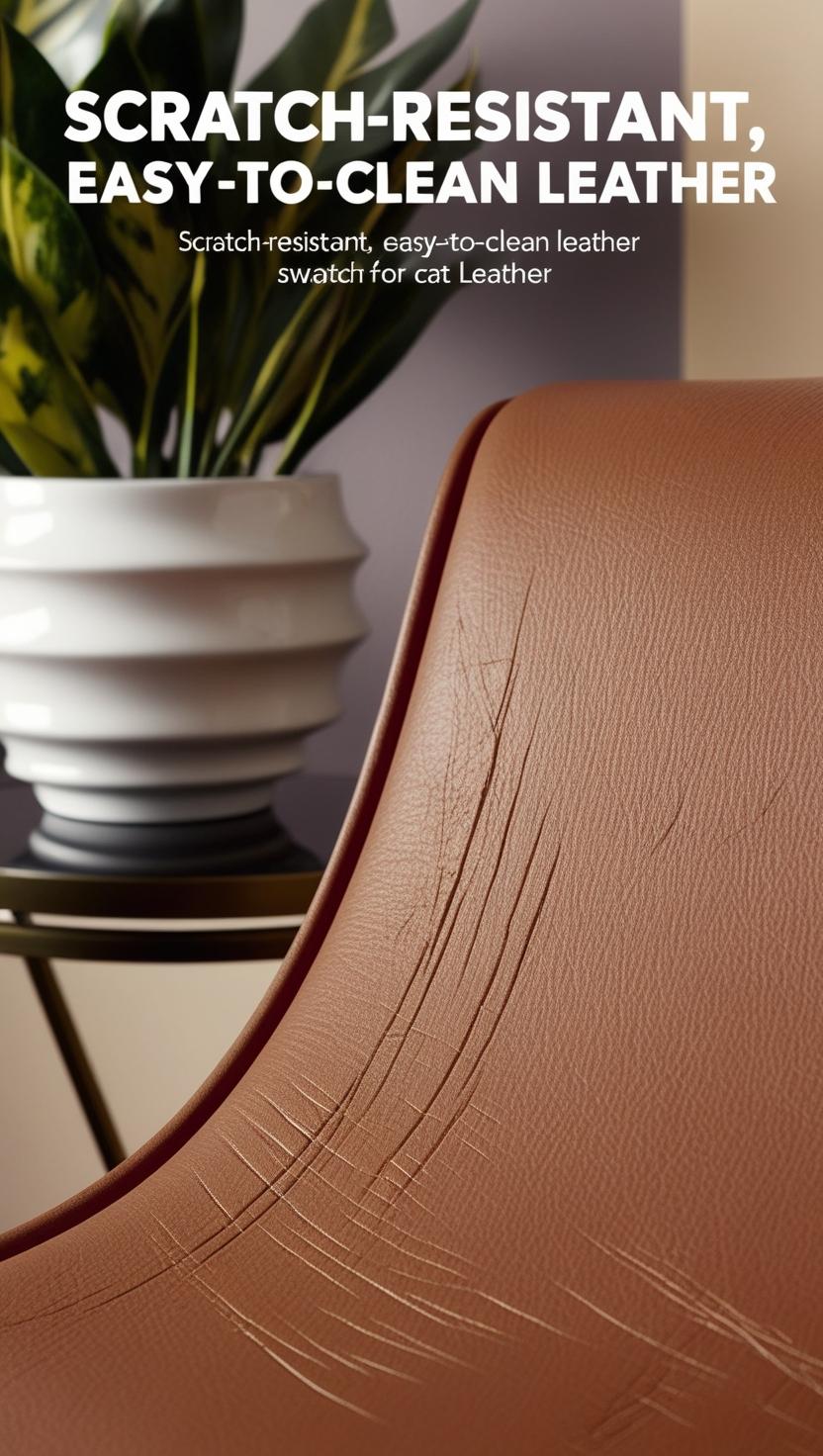
Leather is a pet owner’s favorite because it doesn’t attract pet hair and can be wiped clean easily. While genuine leather is more resistant to scratches, it’s best to keep your pet’s nails trimmed to avoid potential damage.
Crypton Fabric: The Ultimate Pet-Proof Material
Crypton fabric is a game-changer for pet-friendly homes. It’s highly resistant to stains, odors, and moisture, making it an excellent choice for households with pets. Plus, it’s durable enough to handle scratches and heavy use.
Velvet: Surprisingly Durable and Stylish
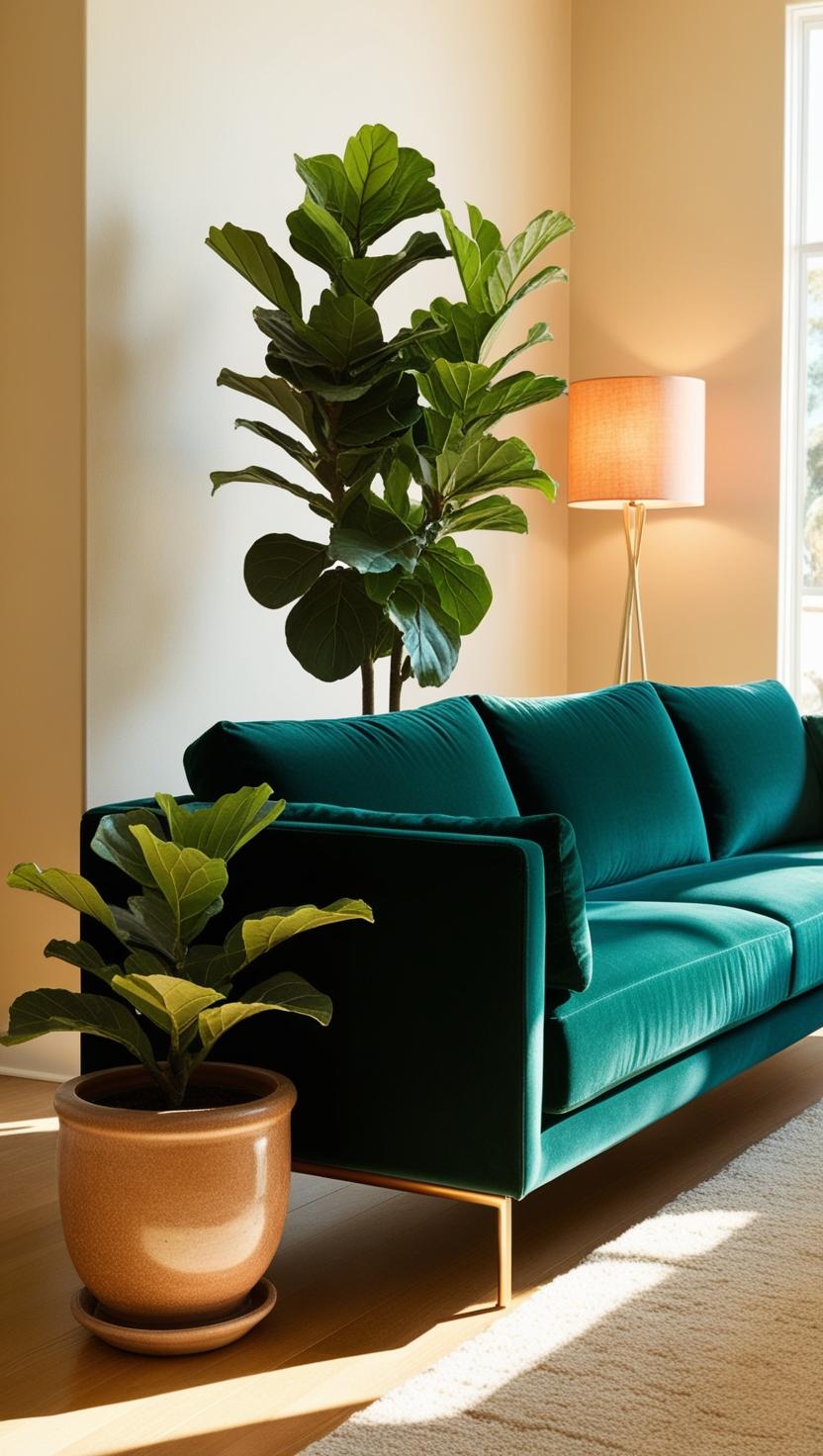
Although it may seem delicate, high-quality velvet can be surprisingly durable. Its dense weave makes it resistant to scratches, and pet hair can be removed easily with a lint roller. Velvet is a stylish option for those who want both practicality and elegance.
The Best Fabric for a Sofa with Kids and Pets
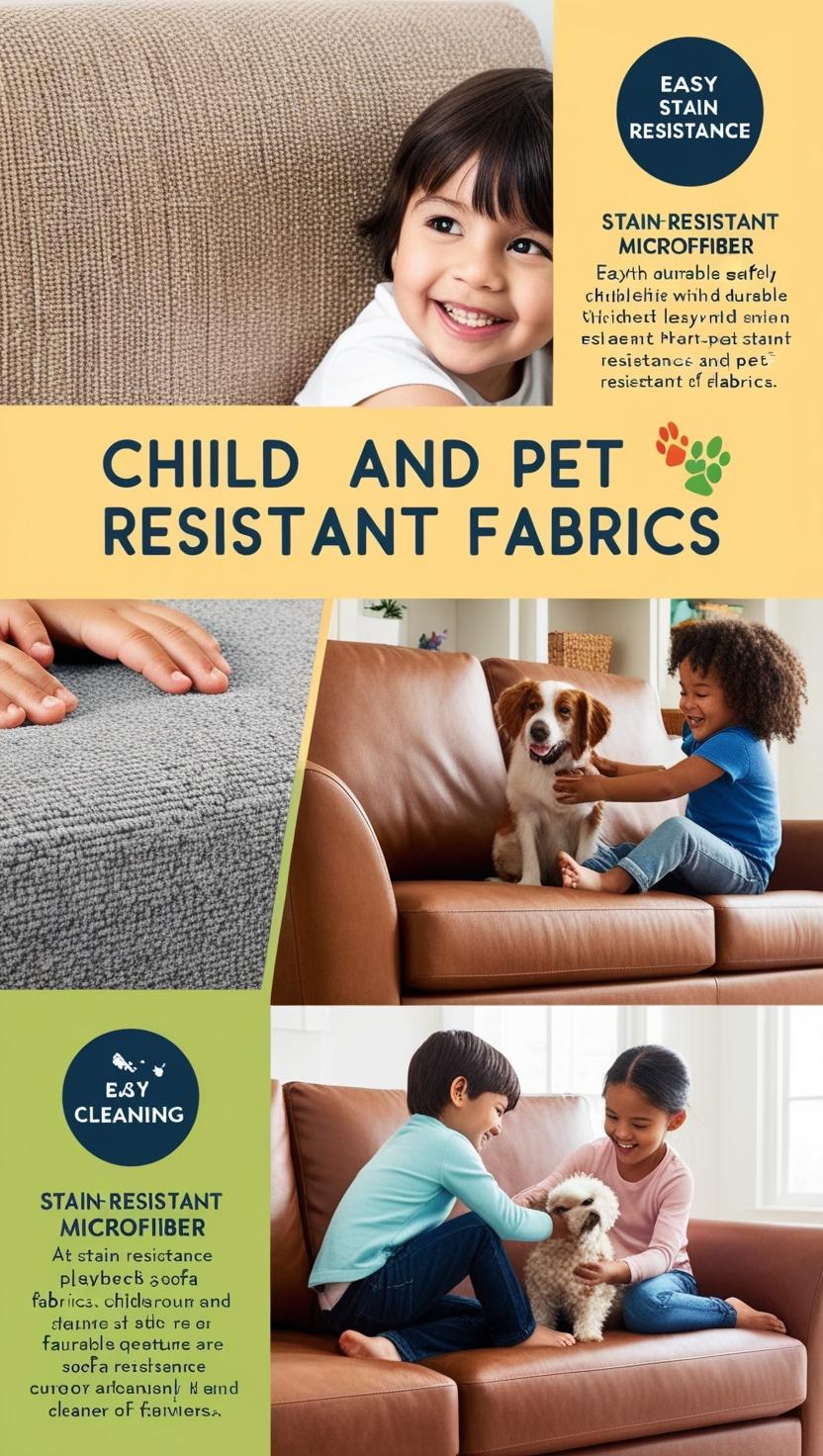
What Makes a Sofa Fabric Suitable for Kids and Pets?
When selecting a sofa fabric for a household with kids and pets, you’ll want something that balances durability with comfort. Look for materials that are resistant to stains, easy to clean, and tough enough to handle scratches and heavy use.
Top Recommendations for Families with Kids and Pets
Outdoor Fabrics: Designed for Durability
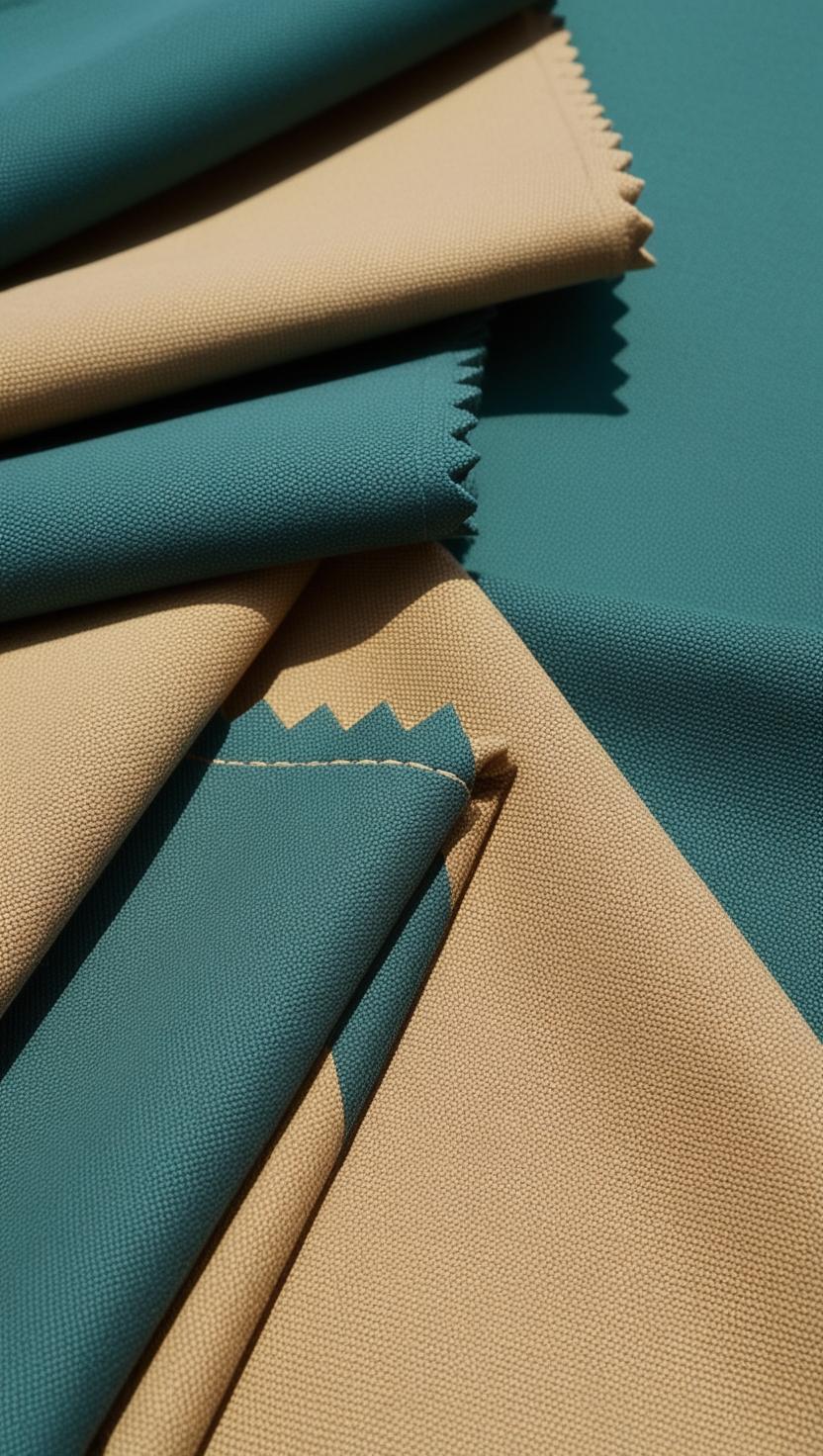
Outdoor fabrics, such as those used on patio furniture, are incredibly durable and easy to clean. They’re resistant to stains, water, and UV damage, making them a practical choice for families.
Blended Fabrics: Balancing Comfort and Resilience
Blended fabrics, which combine natural and synthetic fibers, offer a balance of comfort and durability. They’re often treated to resist stains and wear, making them a reliable option for households with kids and pets.
Slipcovers: An Adaptable Option for Families
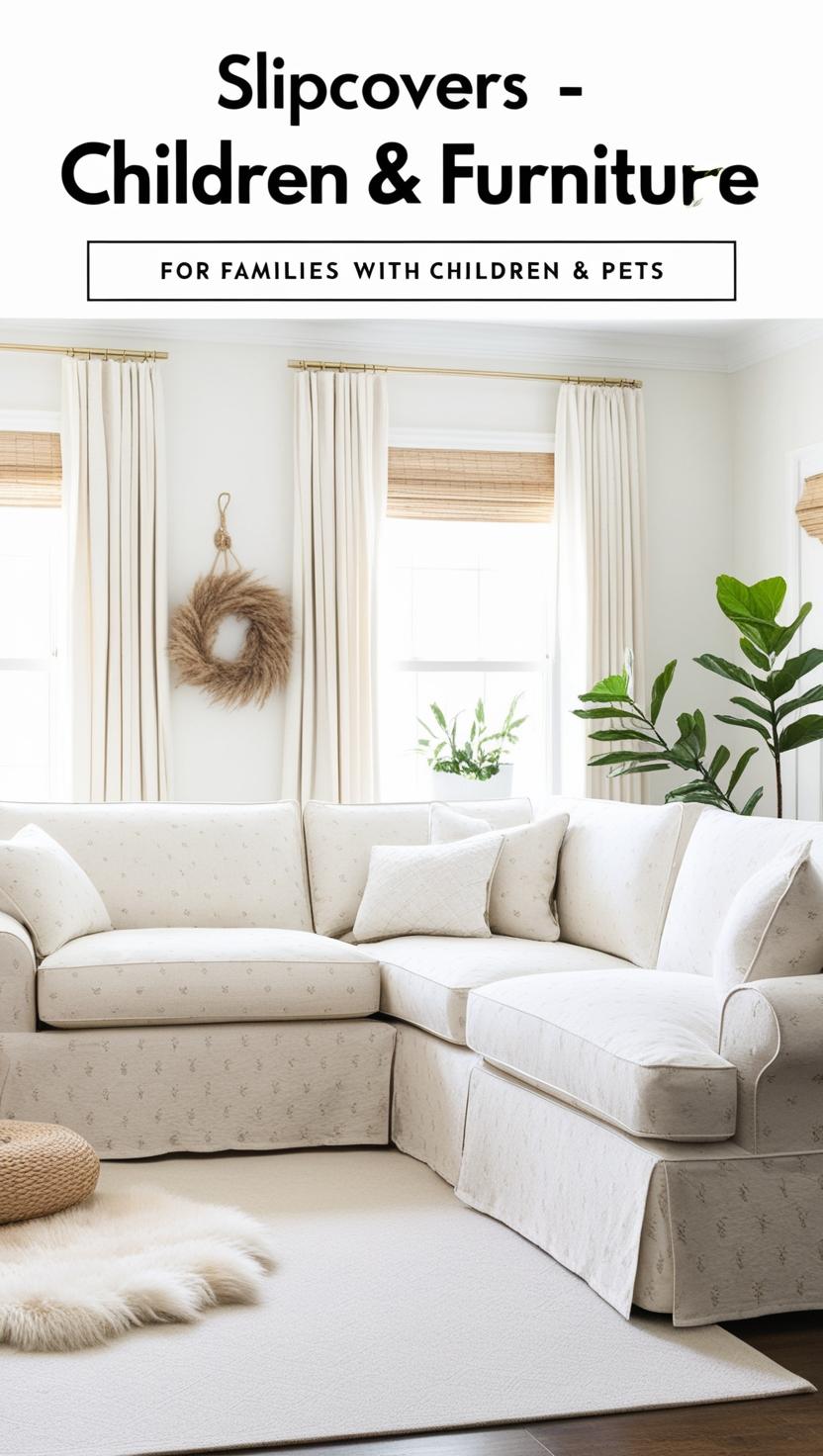
Slipcovers provide an additional layer of protection for your sofa. They can be removed and washed easily, which is ideal for managing spills and pet accidents. Plus, they allow you to change the look of your sofa without buying new furniture.
Caring for Your Sofa Fabric
Regular Cleaning:
- Vacuum your sofa regularly to remove dust and dirt.
- Spot clean spills immediately with a clean, damp cloth.
- Avoid using harsh chemicals or abrasive cleaners, as they can damage the fabric.
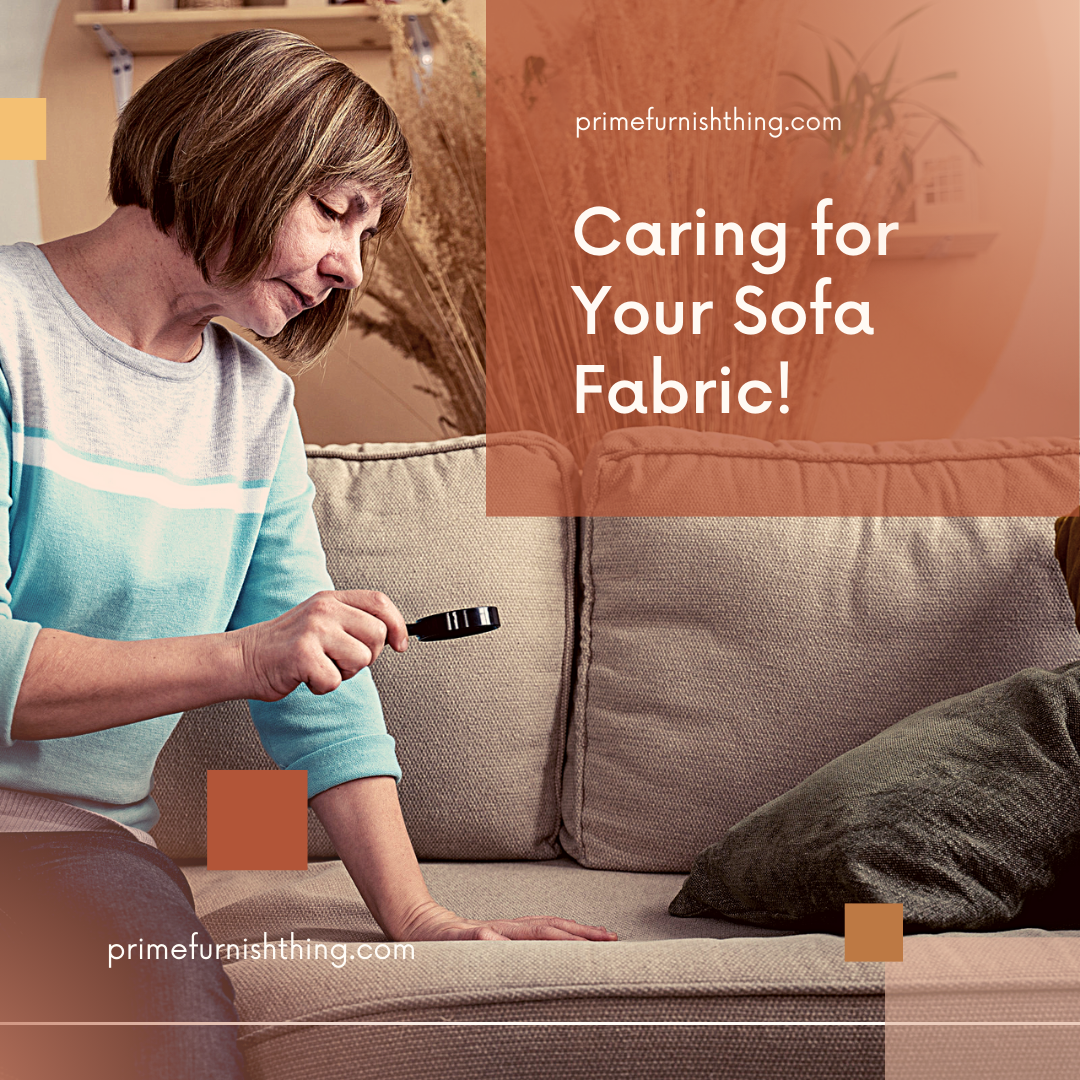
Professional Cleaning:
- Have your sofa professionally cleaned every one to two years to remove deep-seated dirt and stains.
- This is especially important for heavily used sofas or sofas with pets.
Protecting Your Sofa:
- Use furniture covers or throws to protect your sofa from spills, stains, and UV damage.
- Place mats or rugs under your sofa to prevent dirt and wear and tear on the fabric.
Specific Care Tips for Different Fabrics:
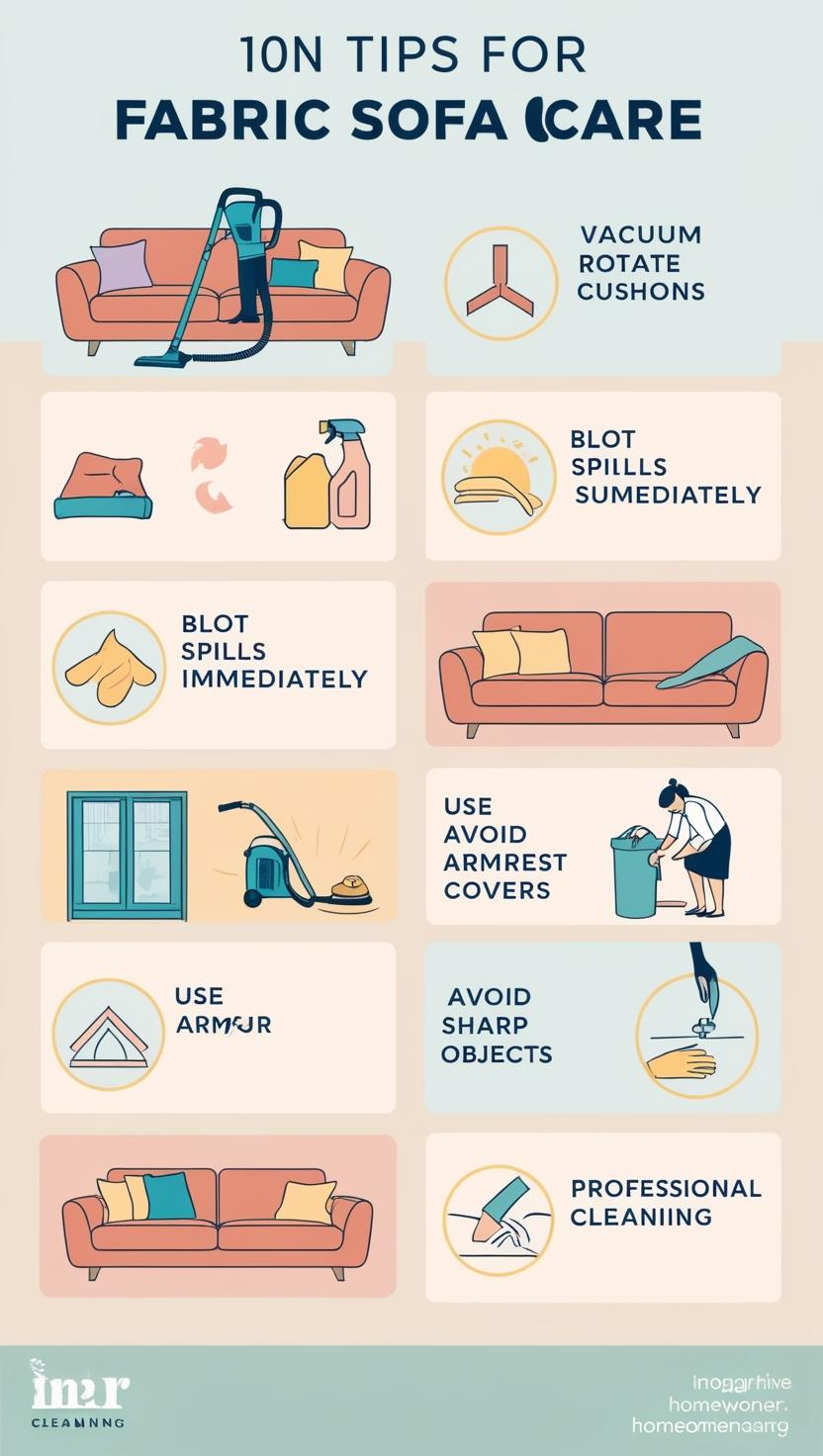
- Leather: Wipe clean with a soft, damp cloth. Use a leather conditioner to keep it moisturized and prevent cracking.
- Velvet: Vacuum gently to remove dust. Blot up spills immediately with a clean, damp cloth. Avoid rubbing the fabric, as this can damage the pile.
- Linen: Vacuum regularly to remove dust. Blot up spills immediately with a cold, damp cloth. Avoid using harsh detergents or bleach.
- Cotton: Vacuum regularly to remove dust. Spot clean spills immediately with a cold, damp cloth and mild detergent.
- Synthetic fabrics: Vacuum regularly to remove dust. Spot clean spills immediately with a mild detergent and water.
Additional Tips:
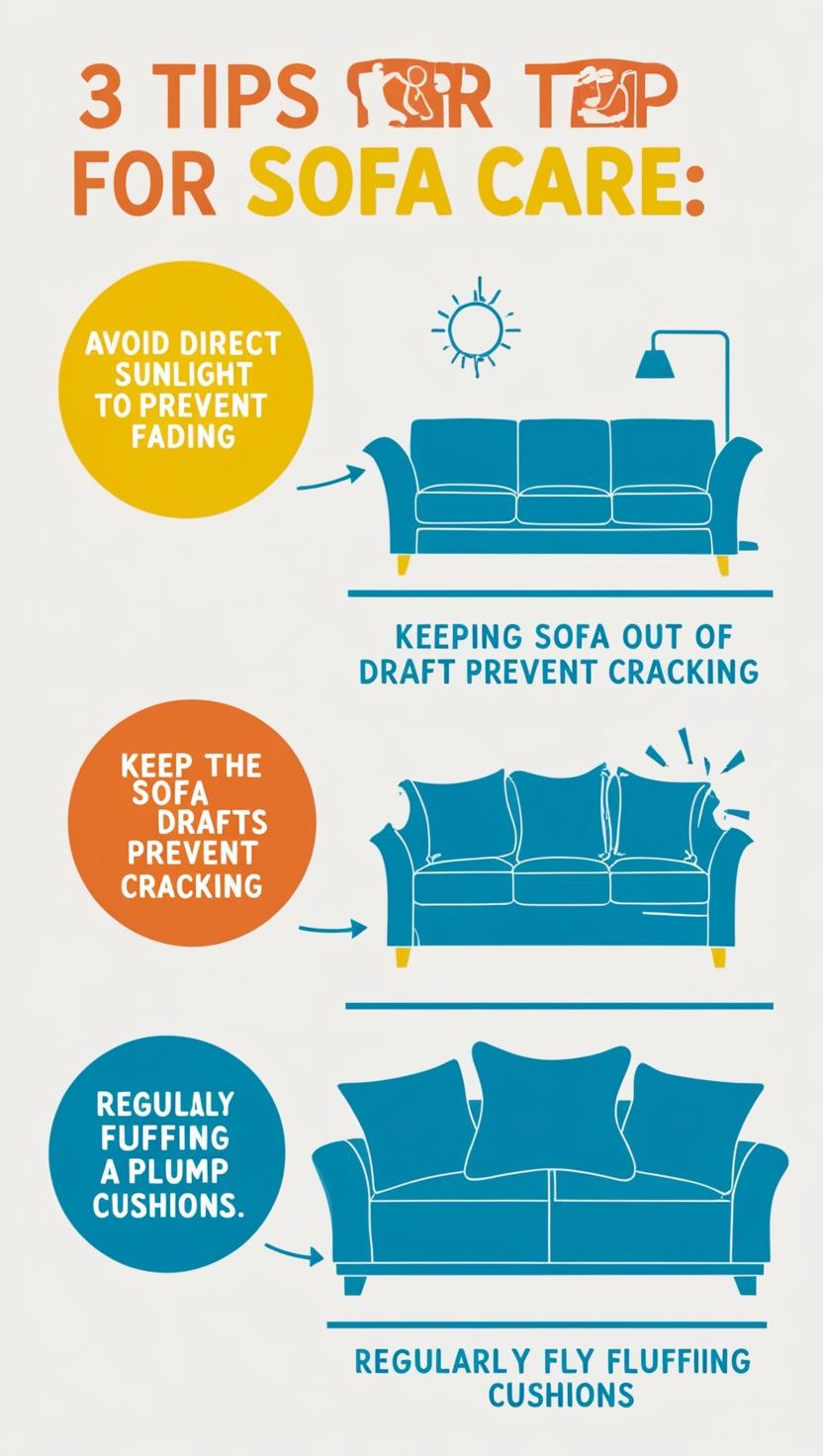
- Avoid direct sunlight: Prolonged exposure to sunlight can fade and damage your sofa fabric.
- Keep your sofa out of drafts: Drafts can dry out the fabric and cause it to crack.
- Fluff cushions regularly: This will help to keep your sofa looking plump and inviting.
By following these tips, you can help to keep your sofa looking and feeling its best for years to come.
Now that you know how to care for your sofa fabric, let's talk about some additional tips for extending its life:
- Protect your sofa from pets and children: Use furniture covers or throws to prevent scratches and spills.
- Move your sofa away from heat sources: Direct heat from radiators or fireplaces can damage the fabric.
- Avoid placing your sofa in direct sunlight: Sunlight can fade and damage the fabric.
- Fluff the cushions regularly: This will help to prevent them from flattening out.
- Have your sofa professionally cleaned regularly: This will help to remove deep-seated dirt and stains that can damage the fabric.
Following these tips will help to ensure that your sofa looks and feels its best for years to come.


